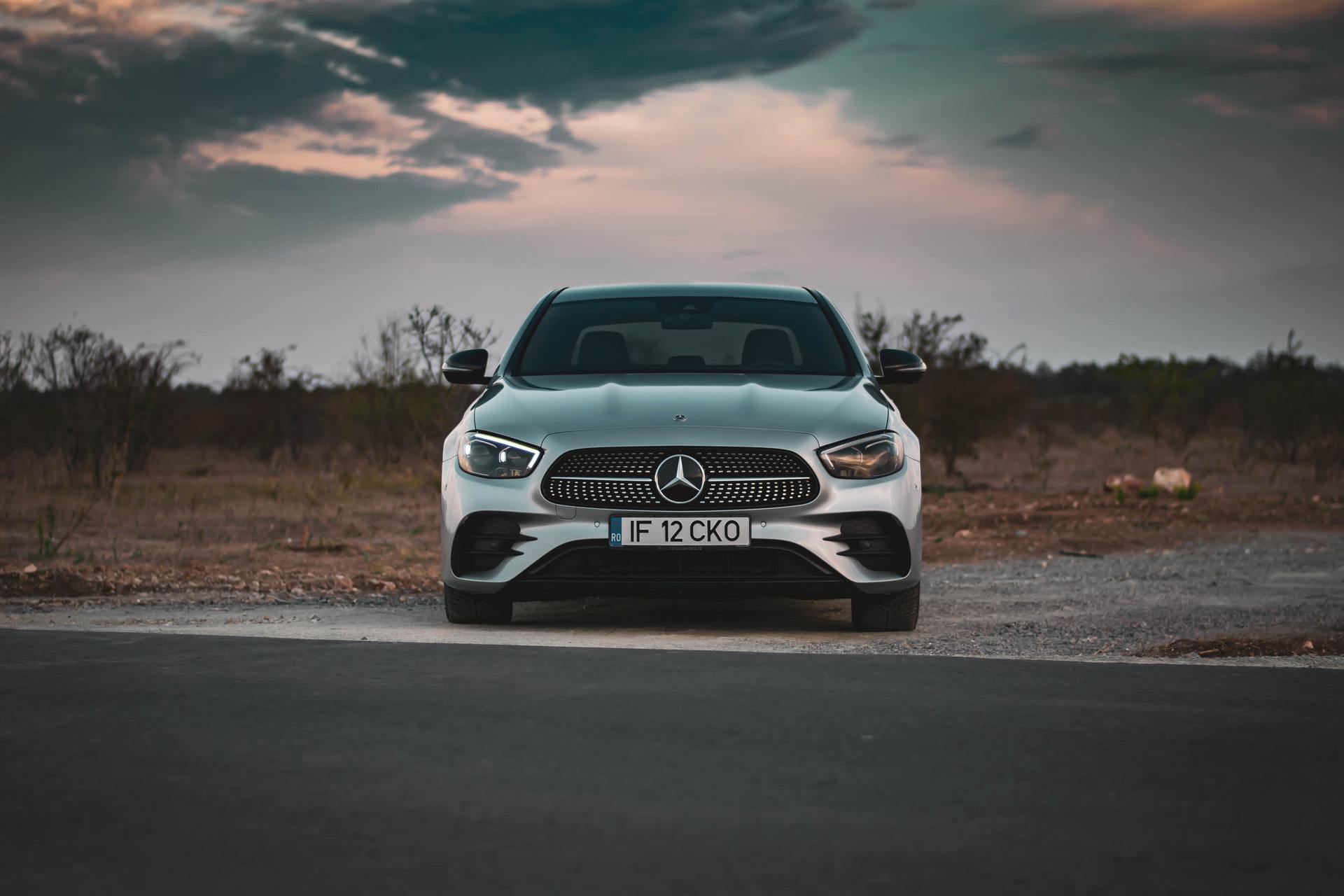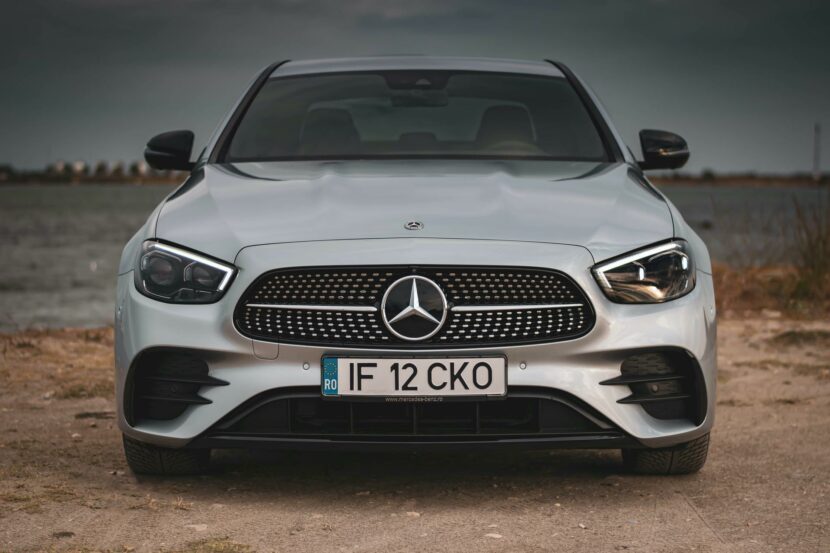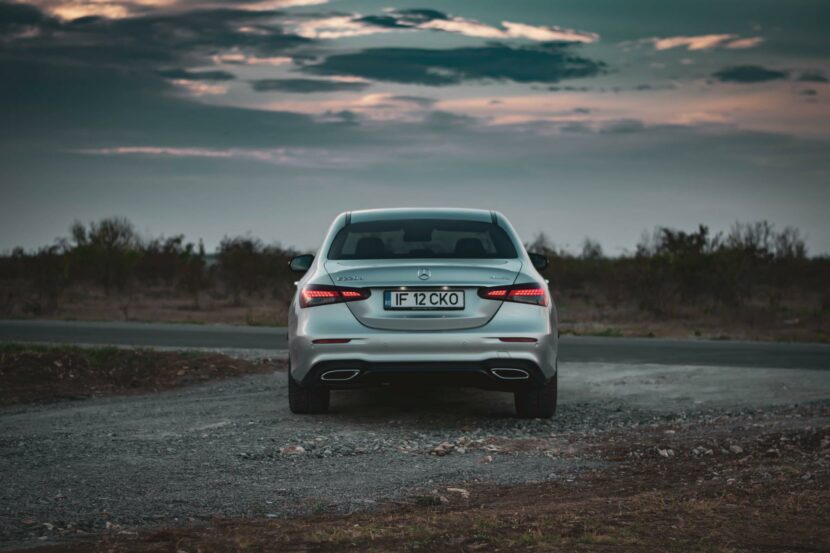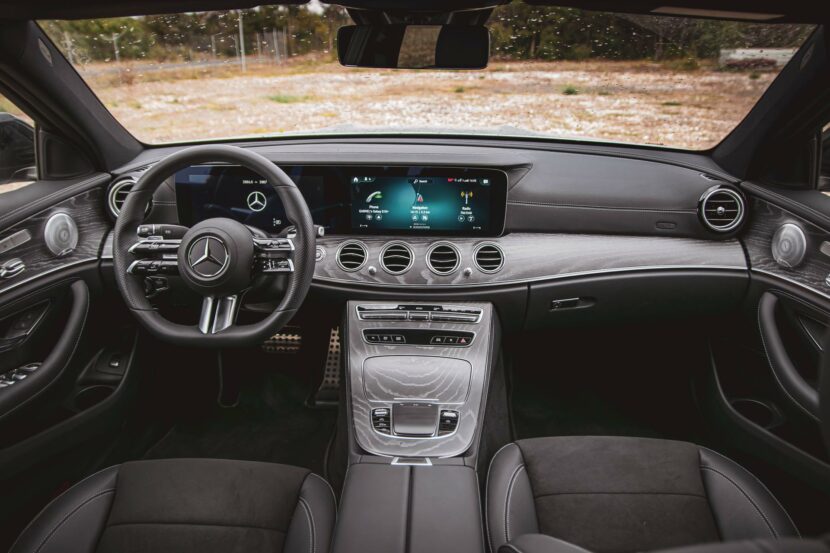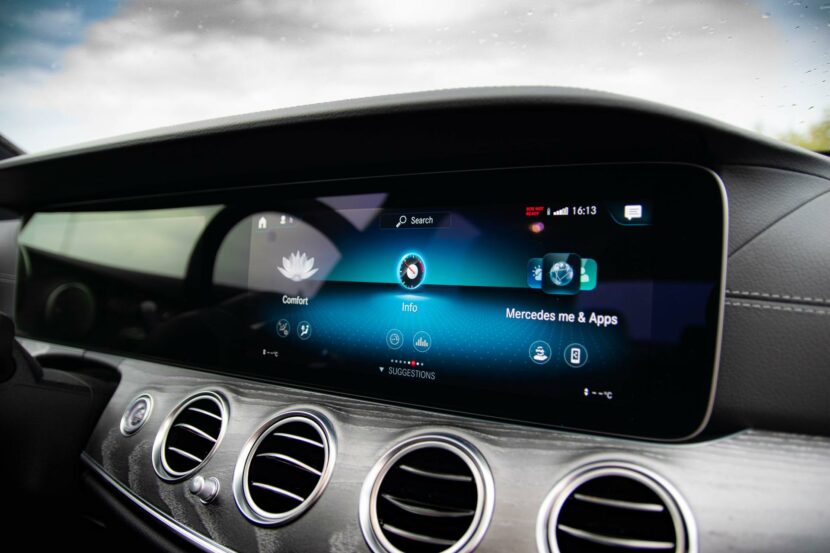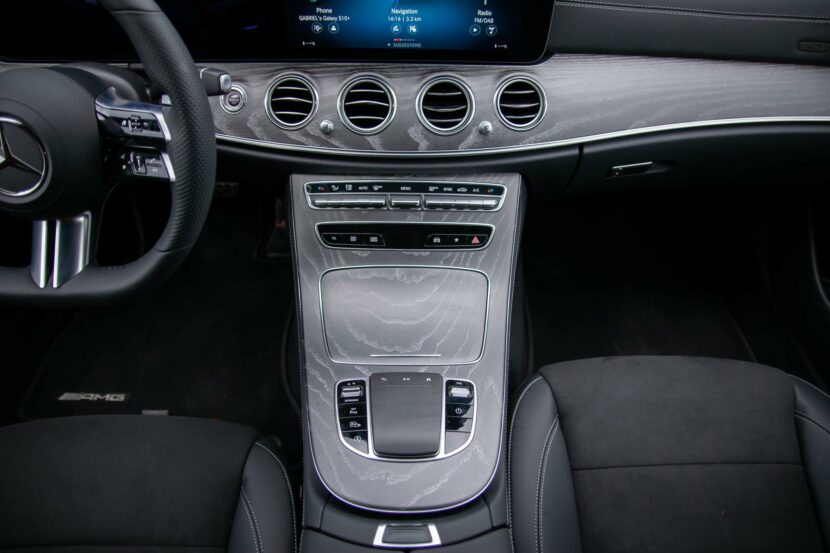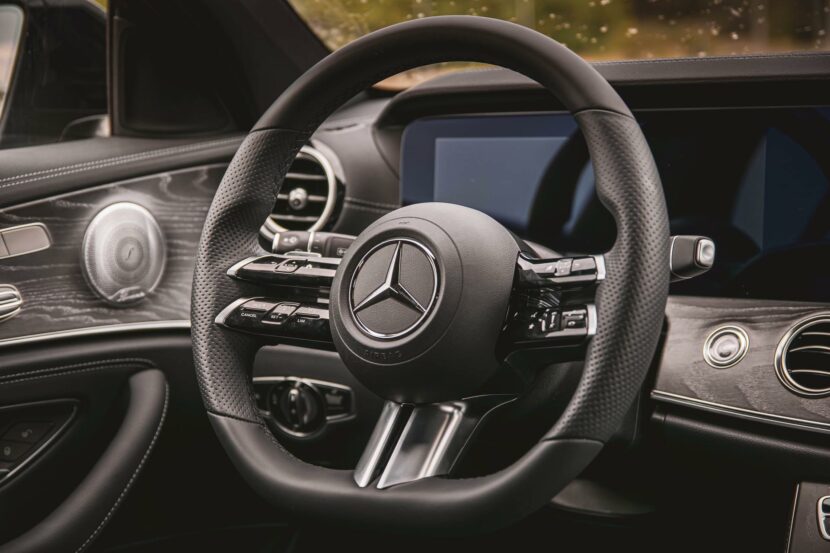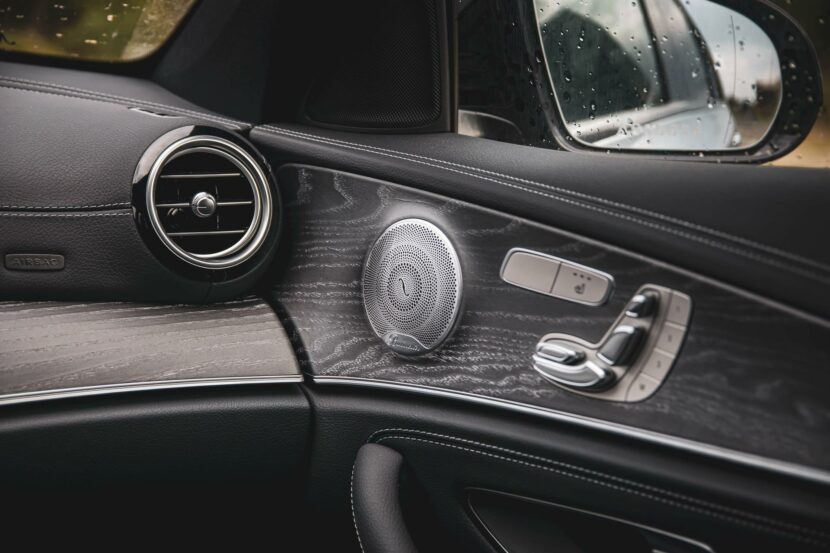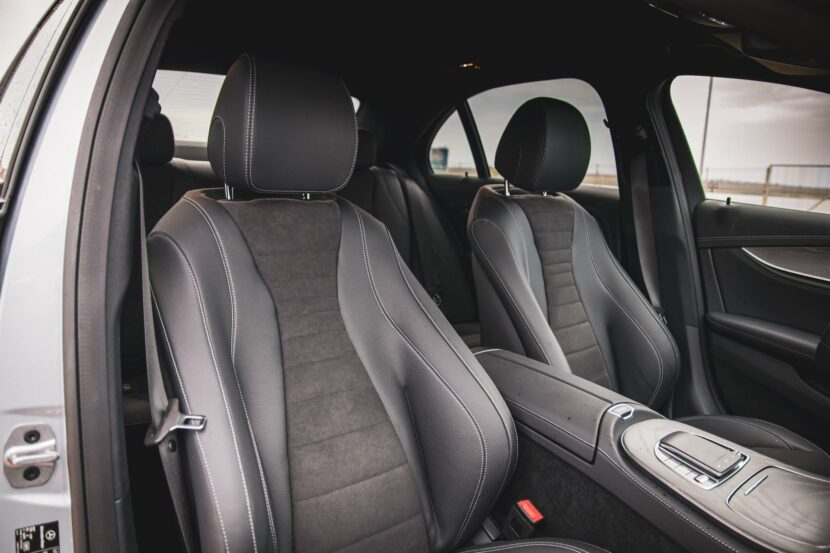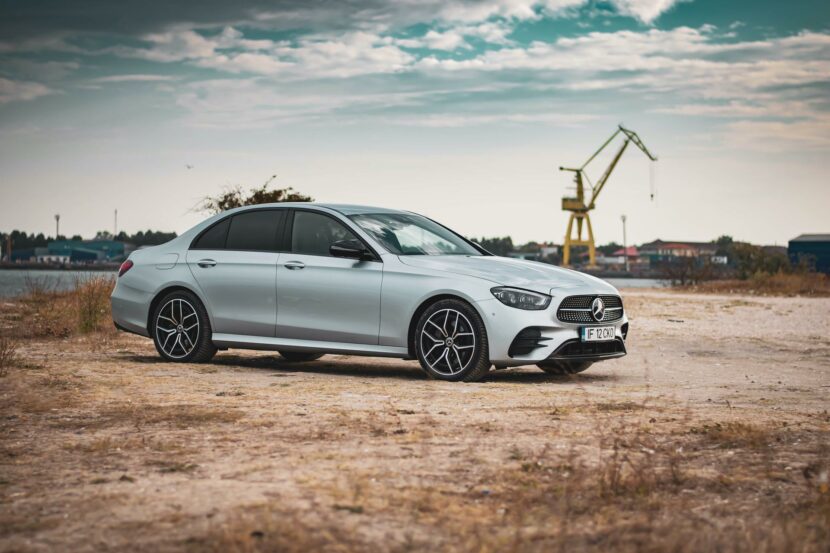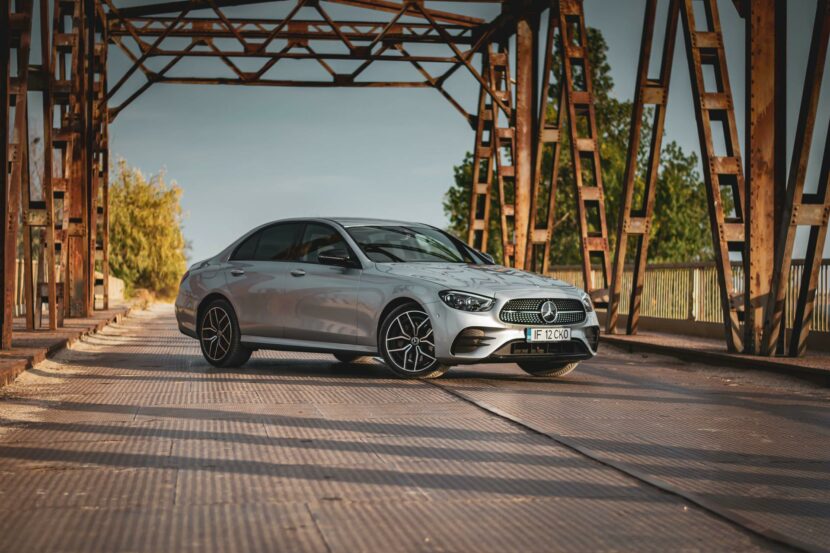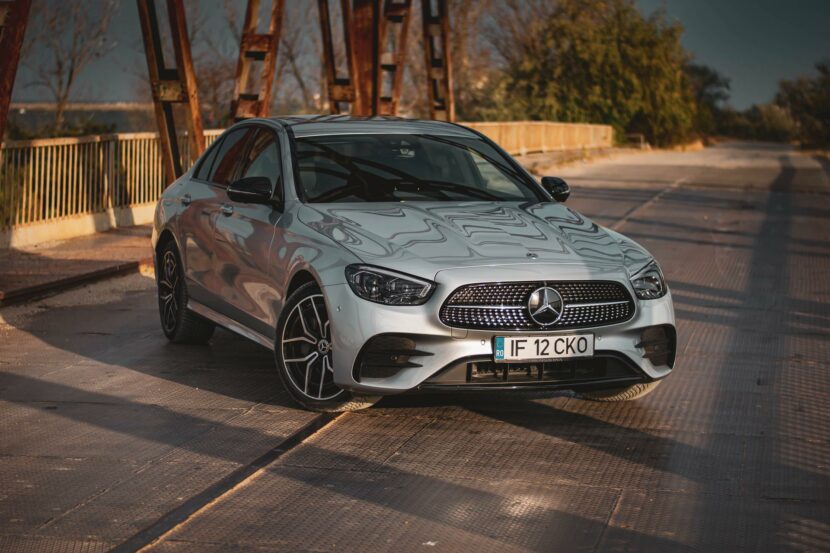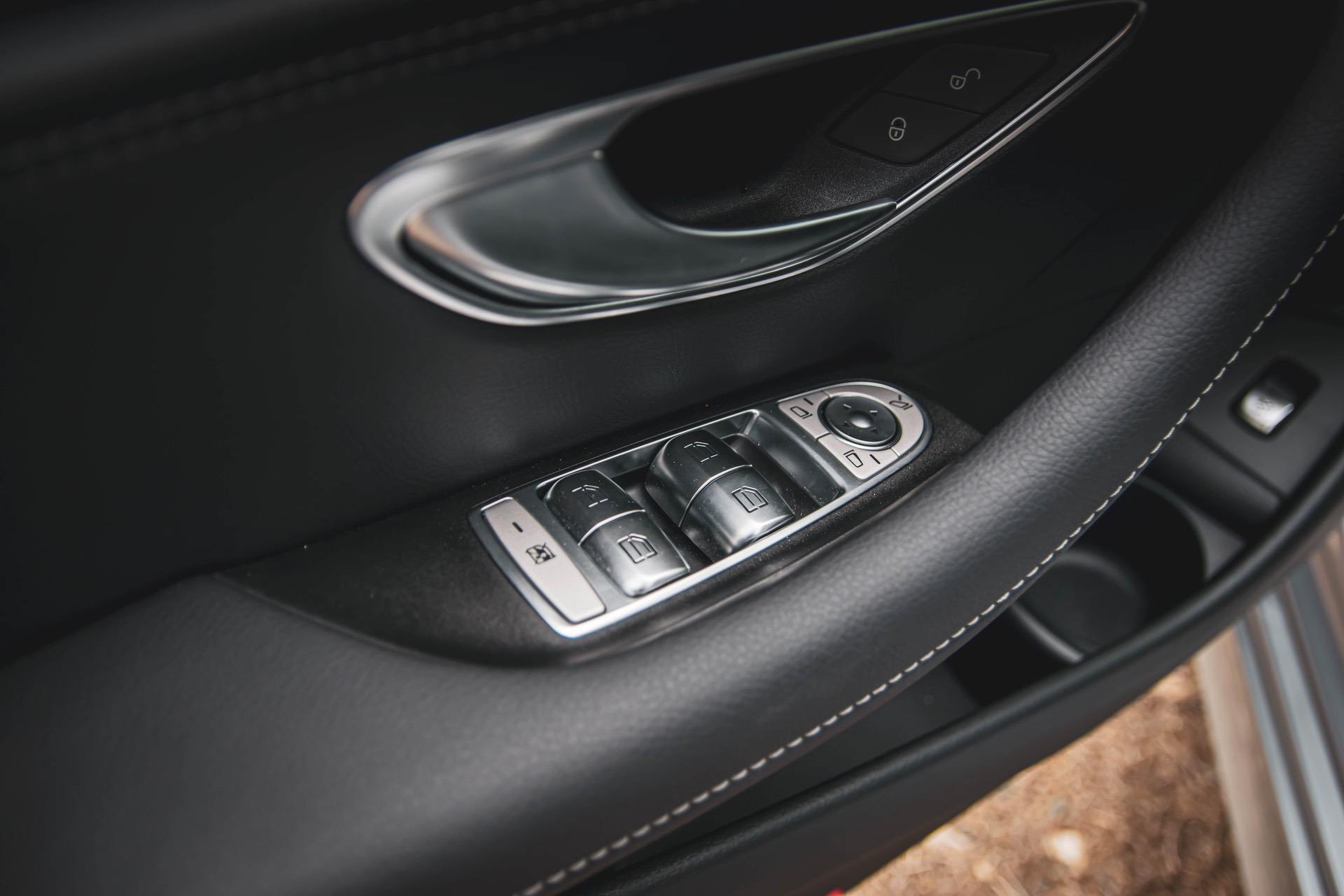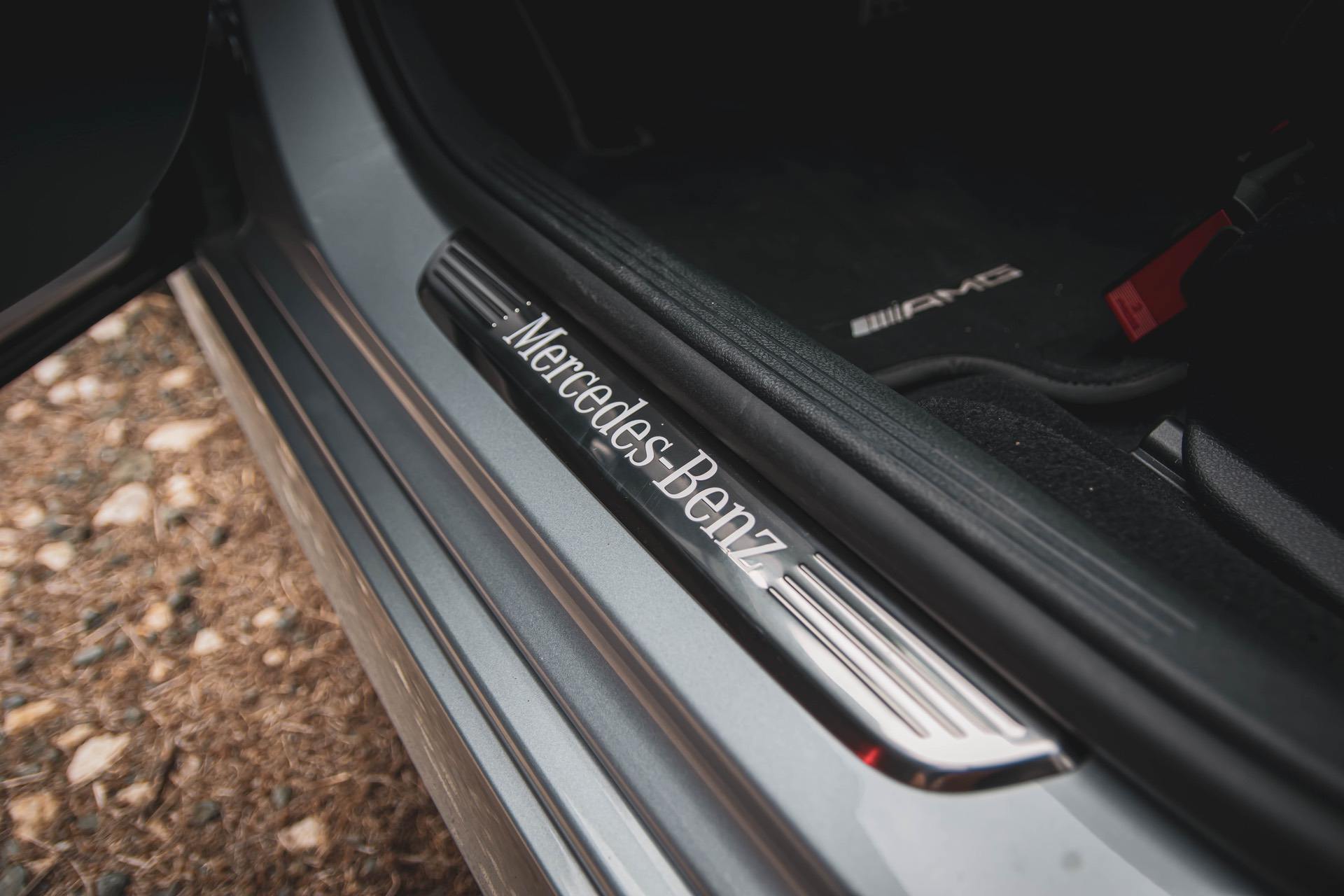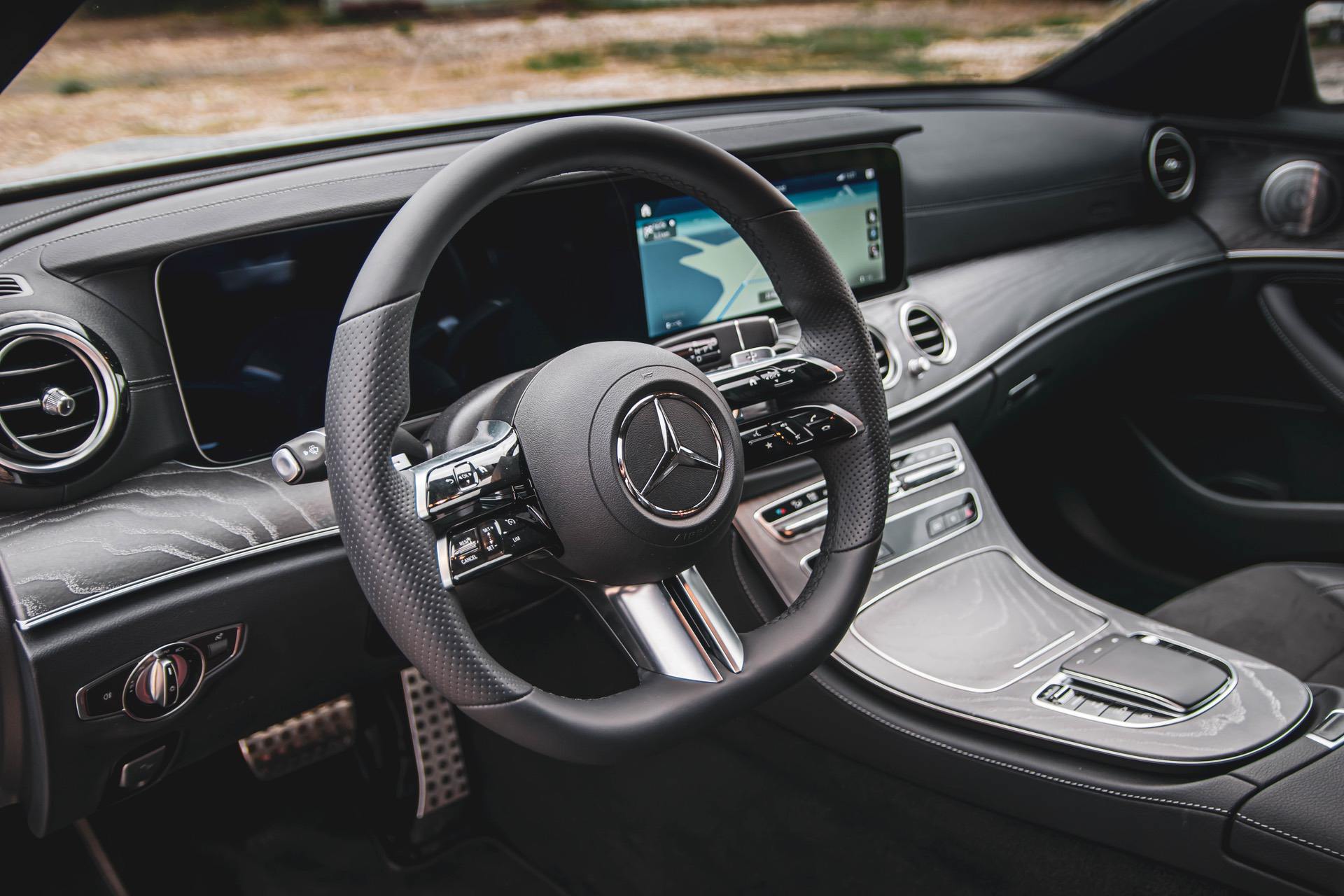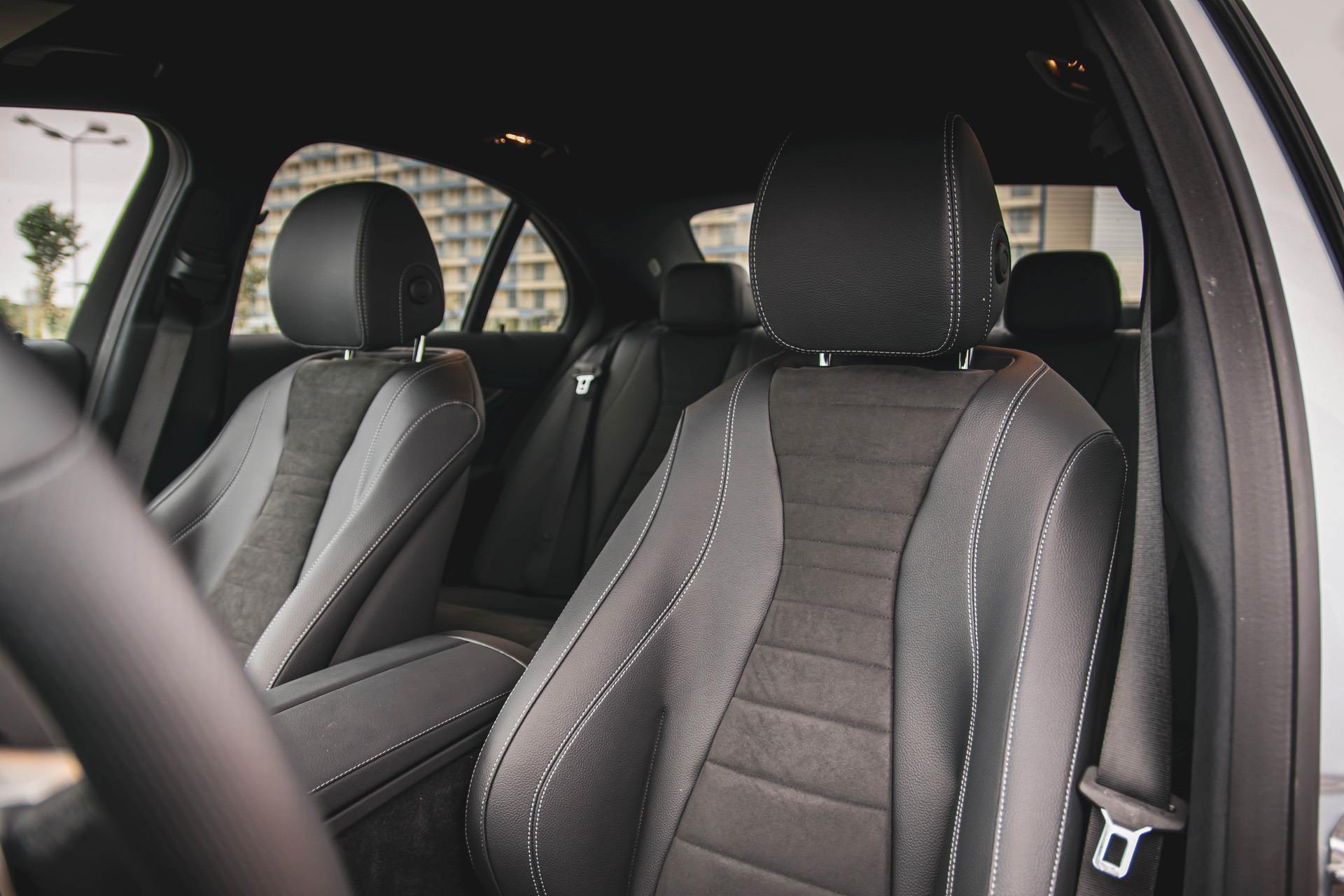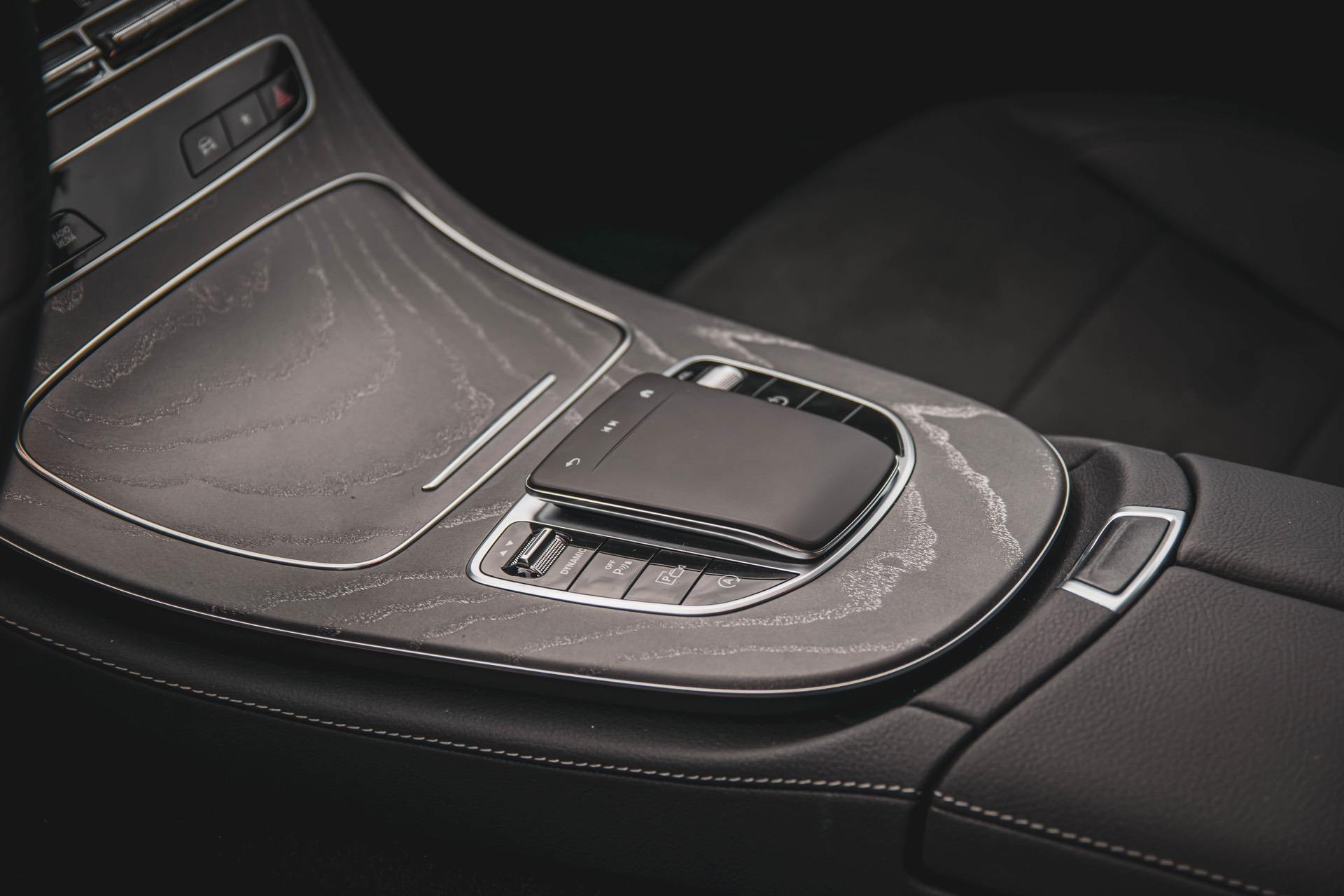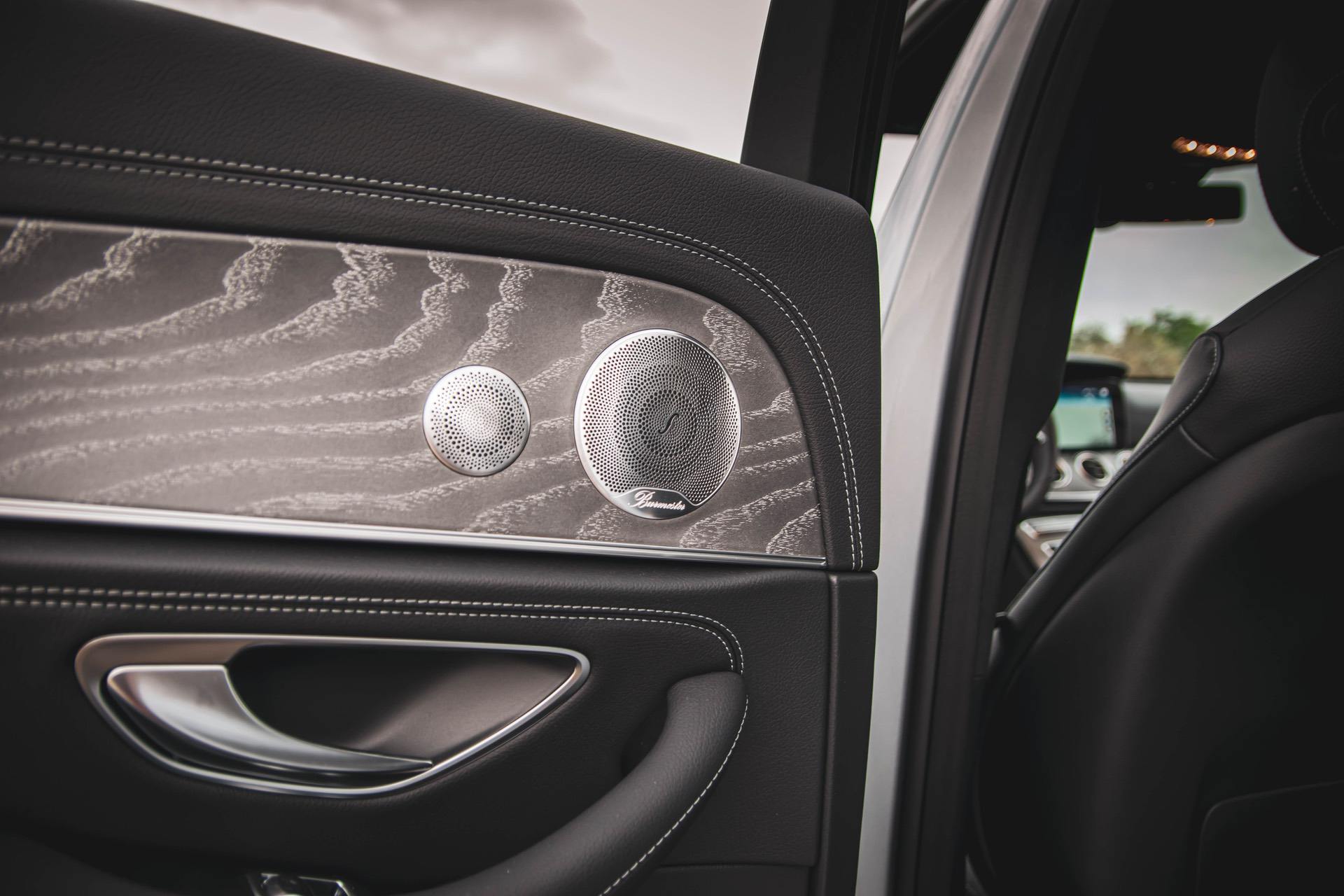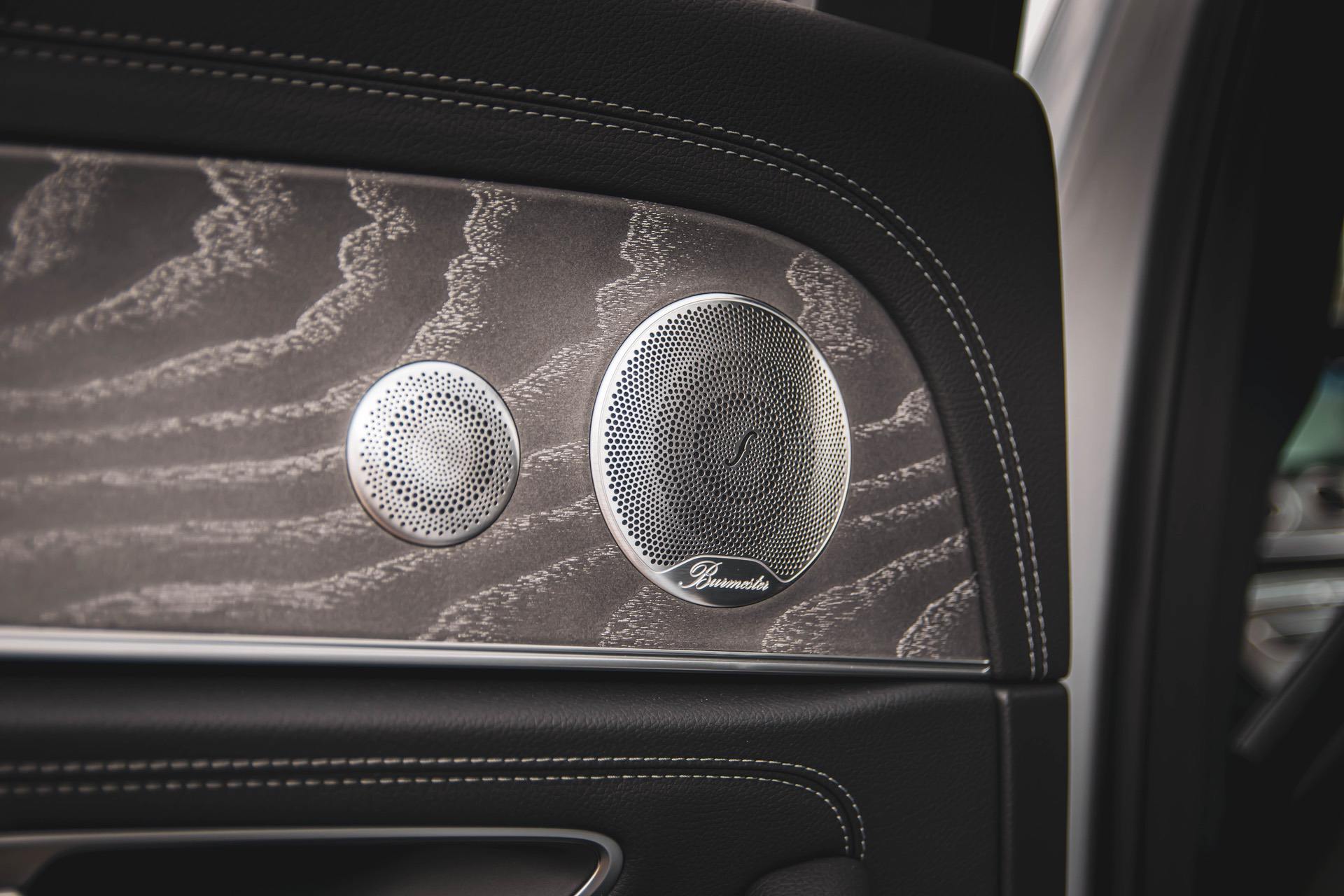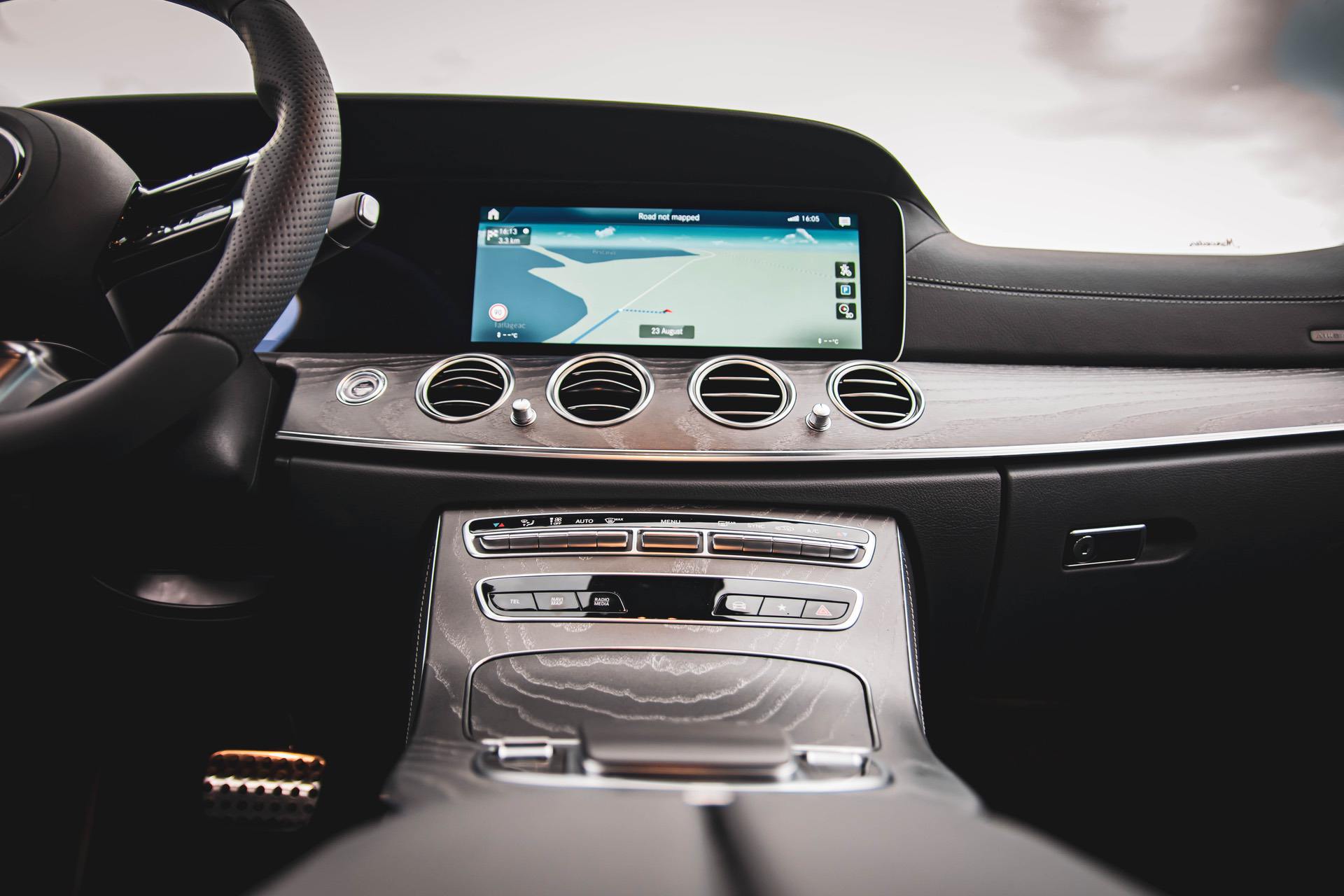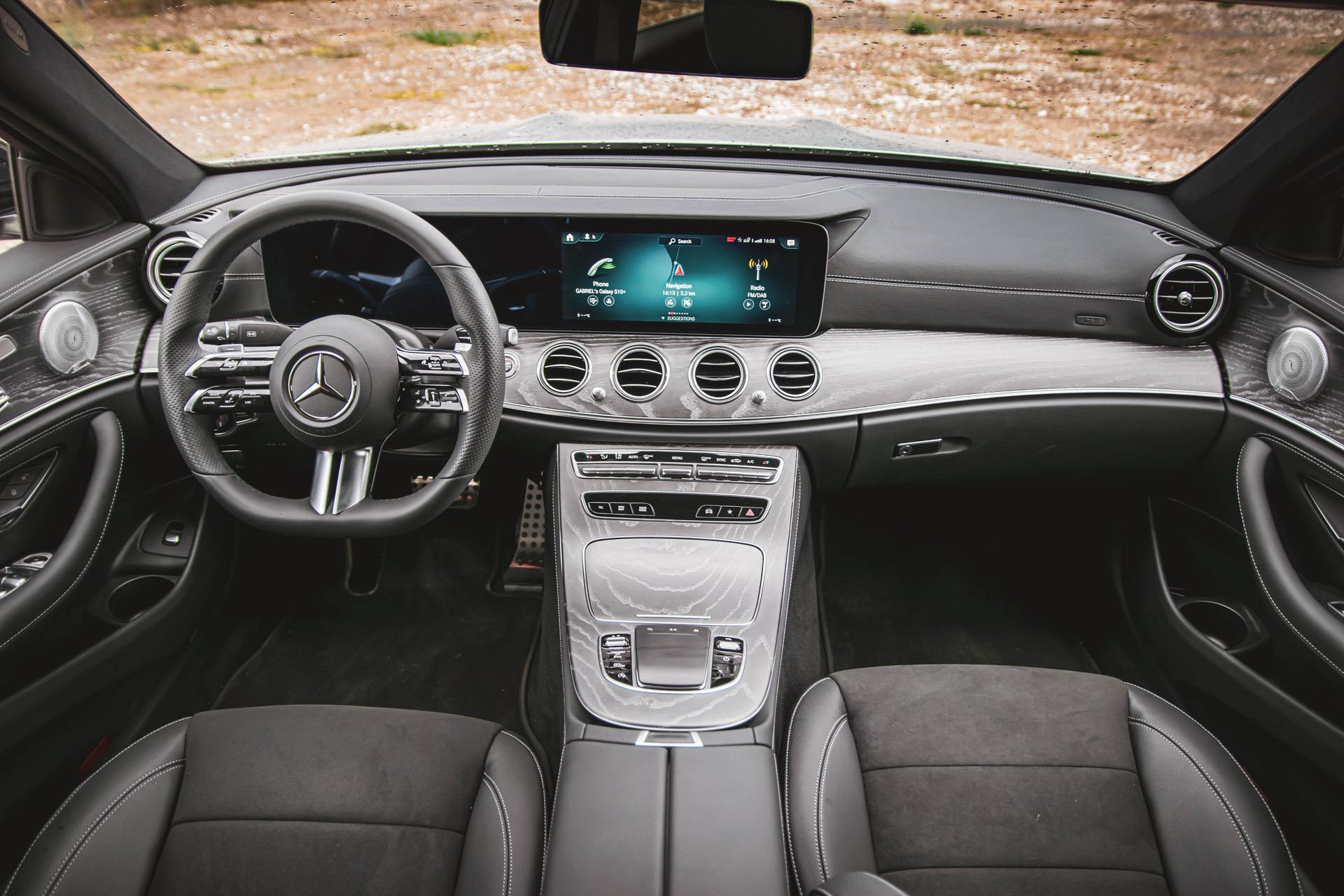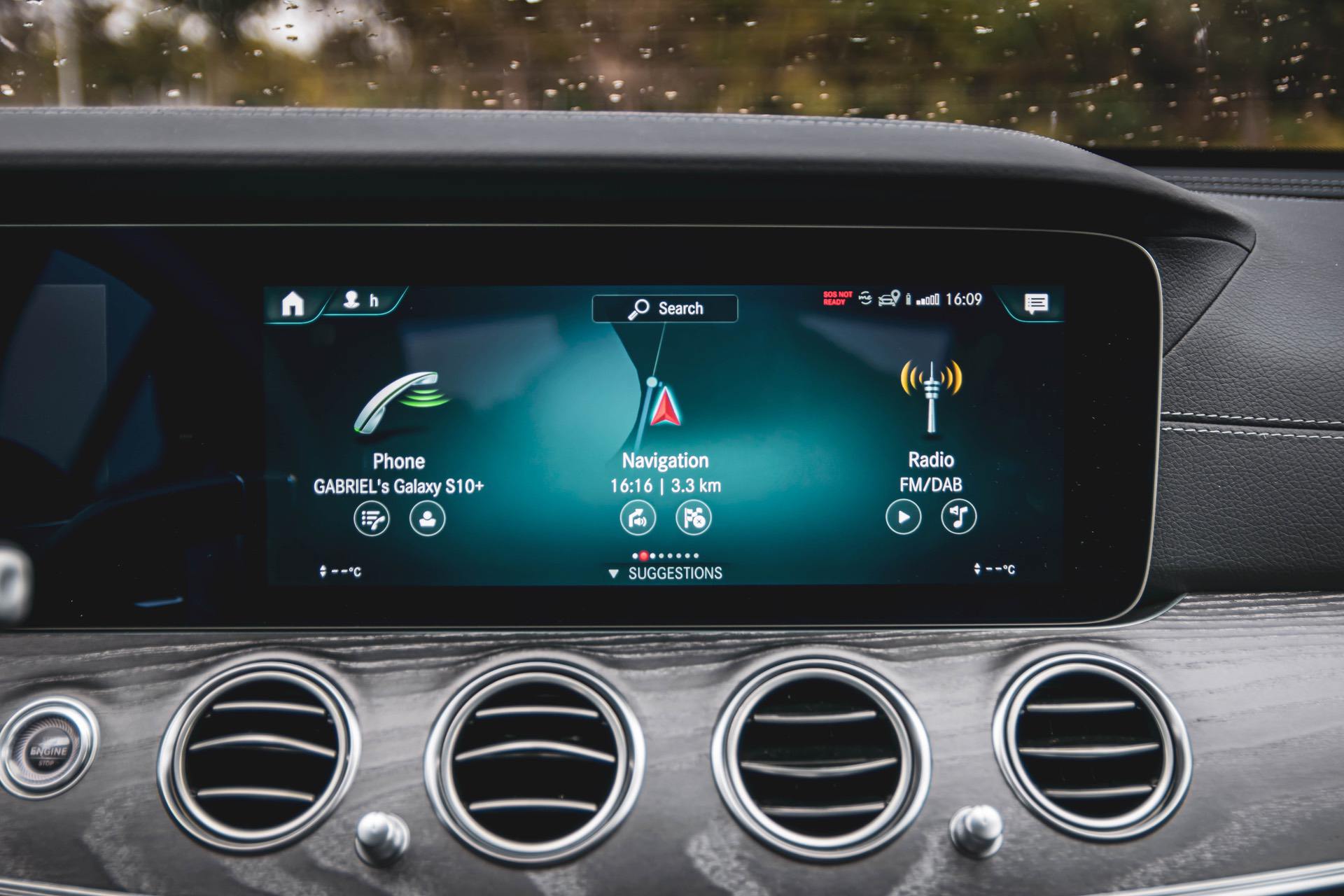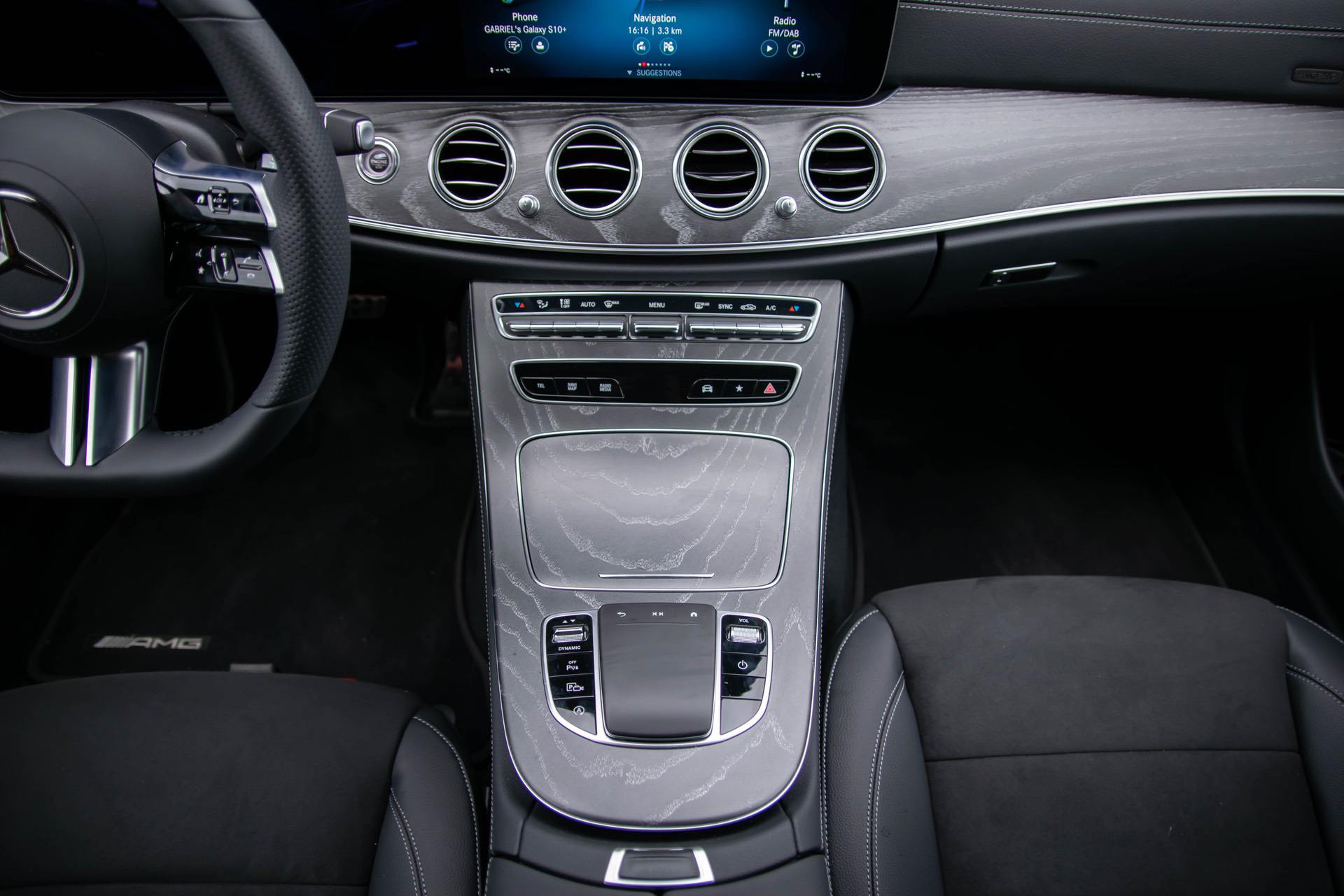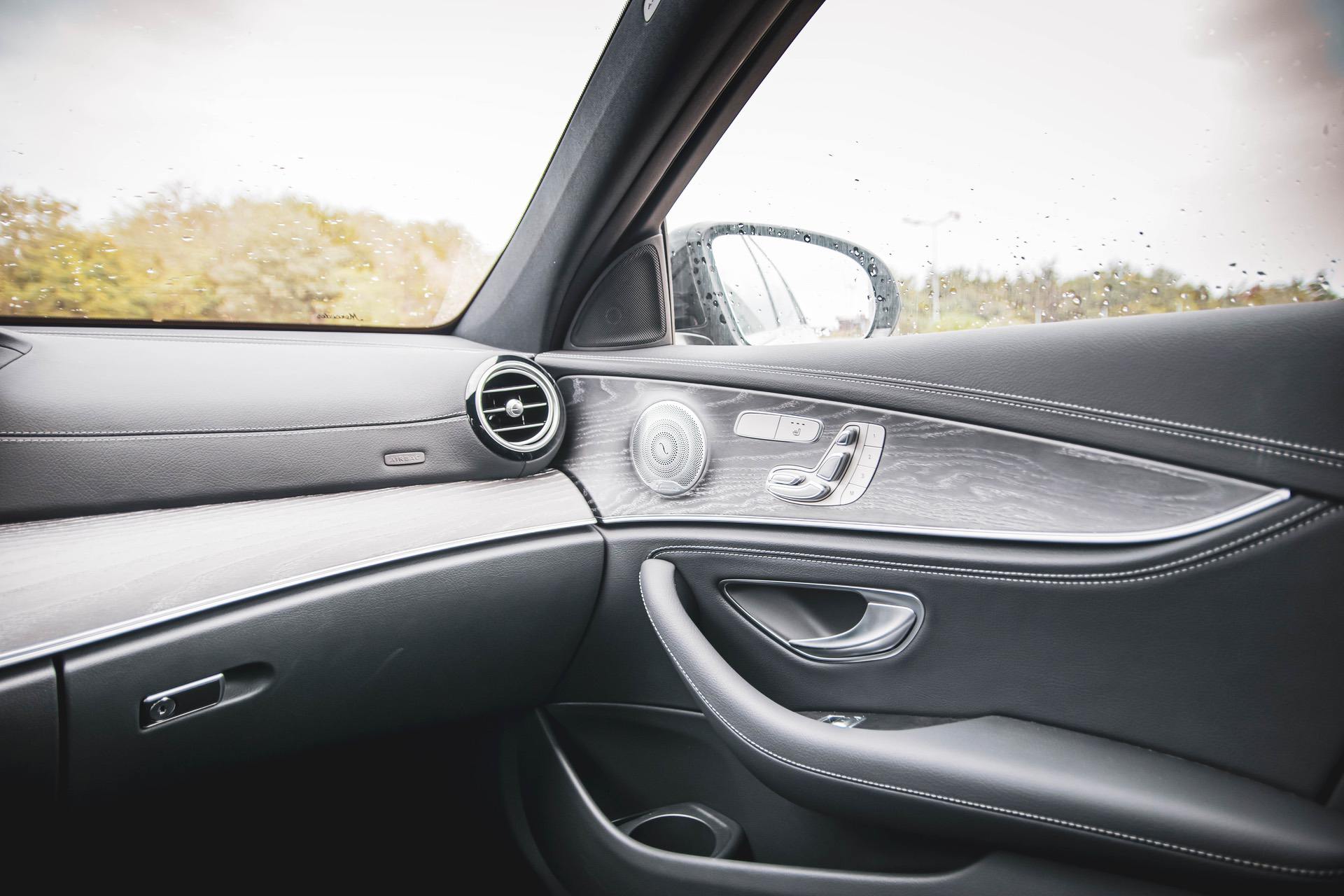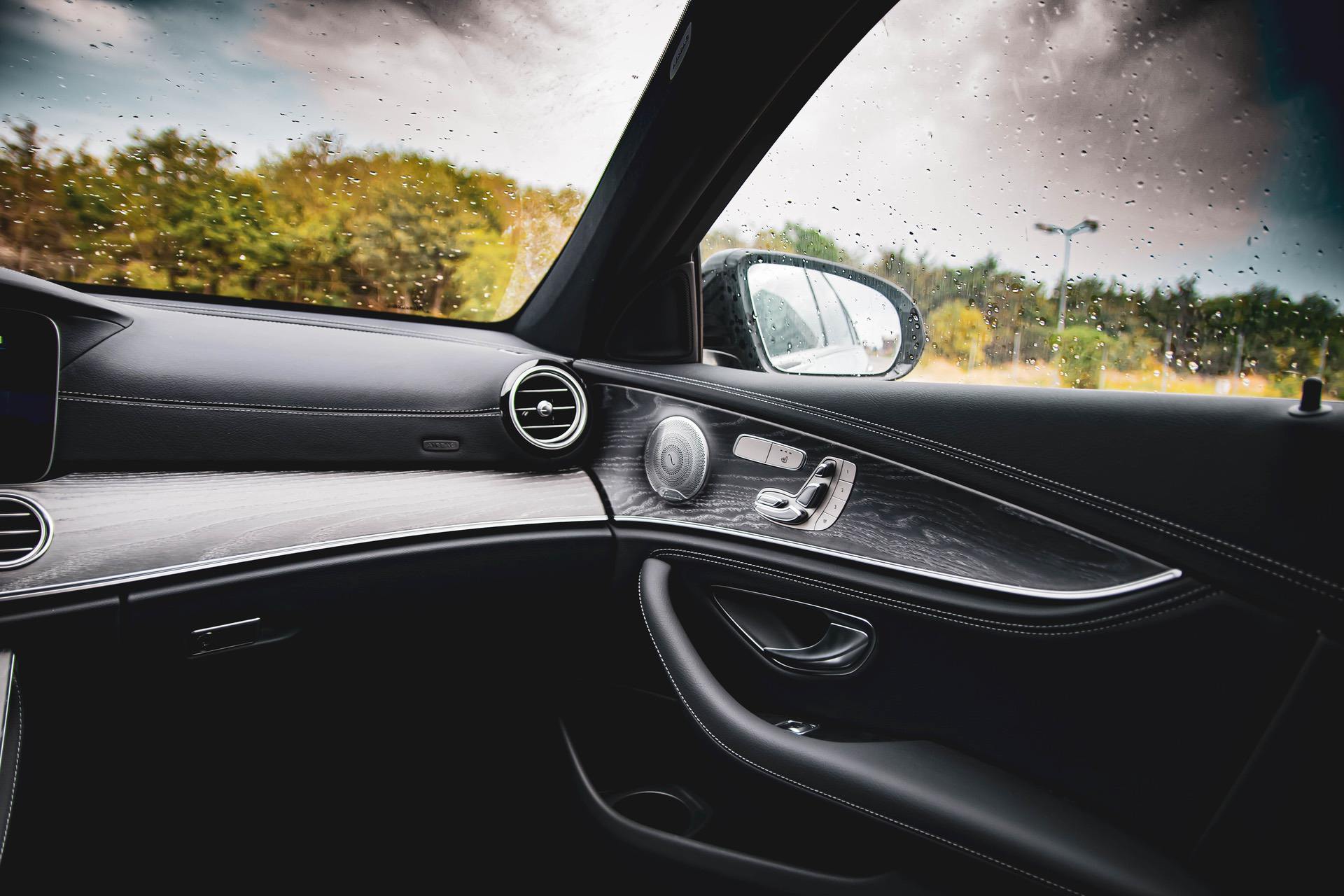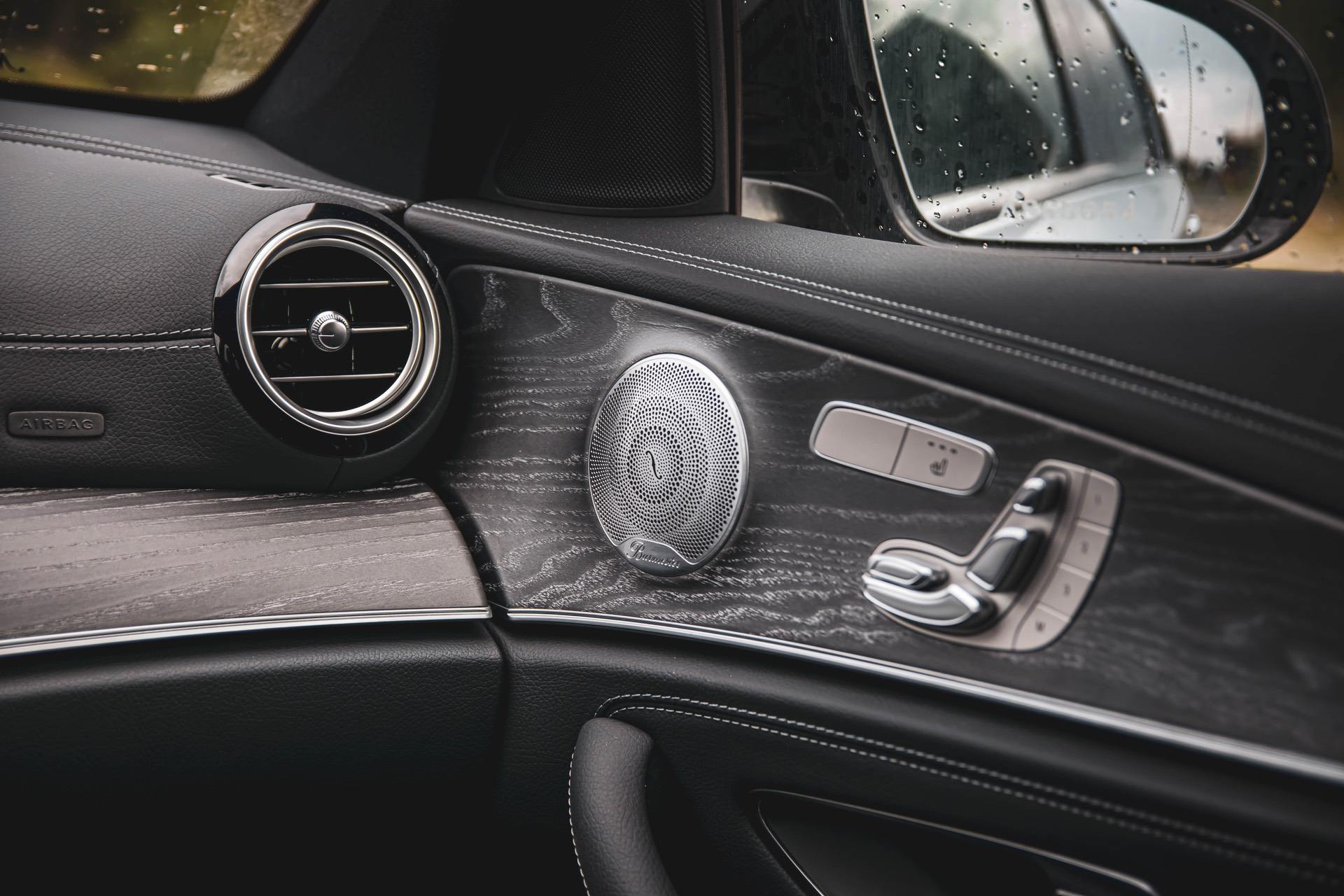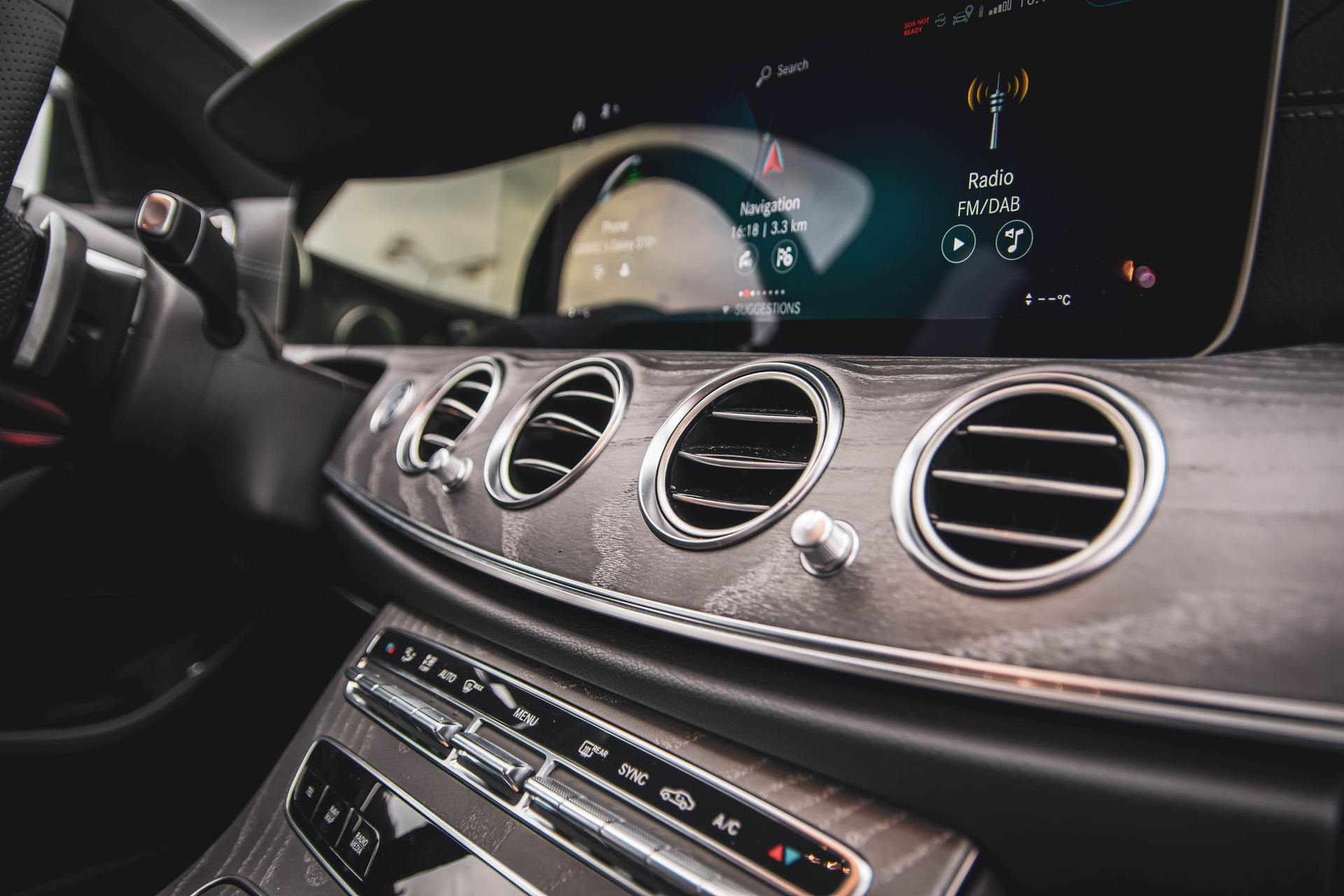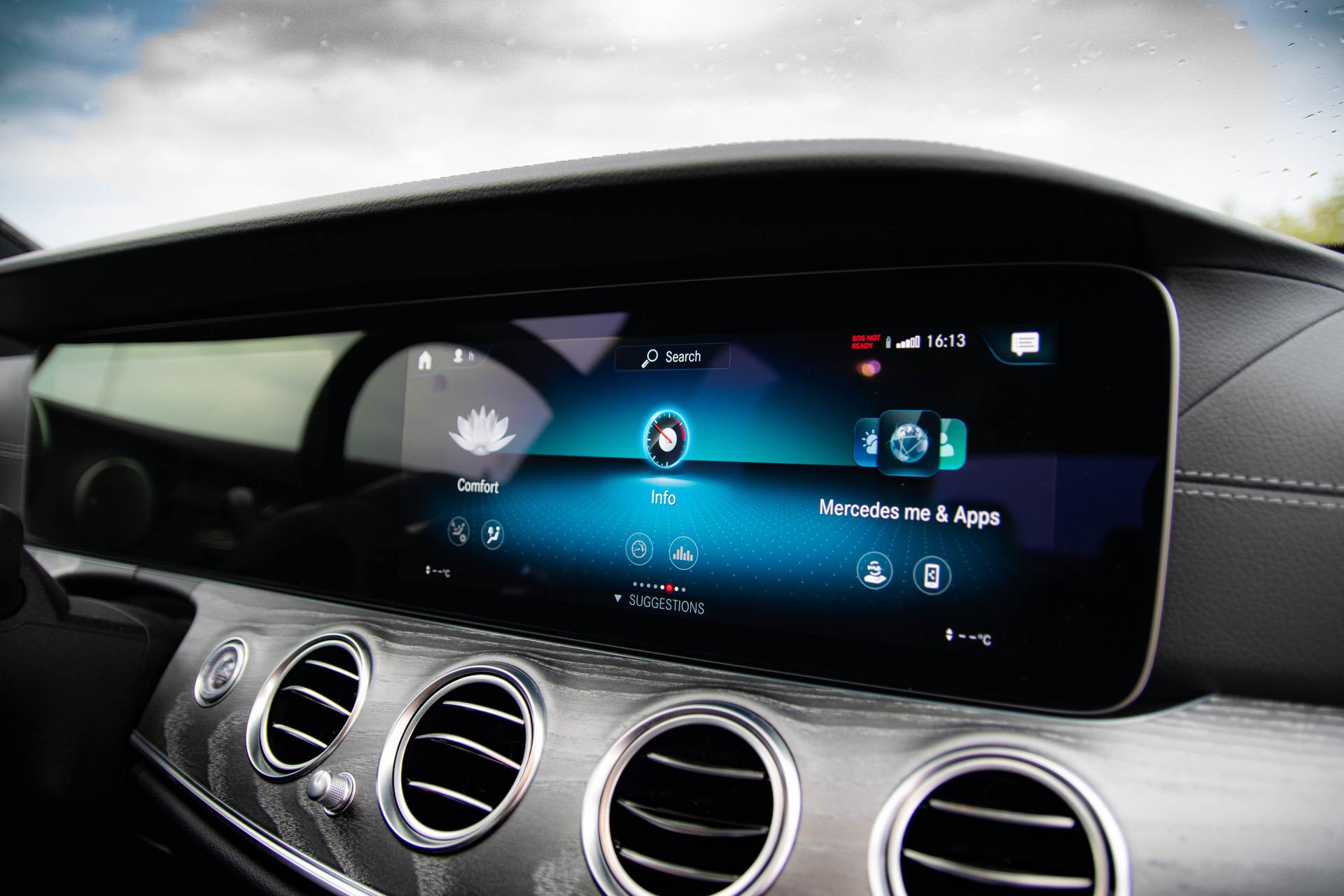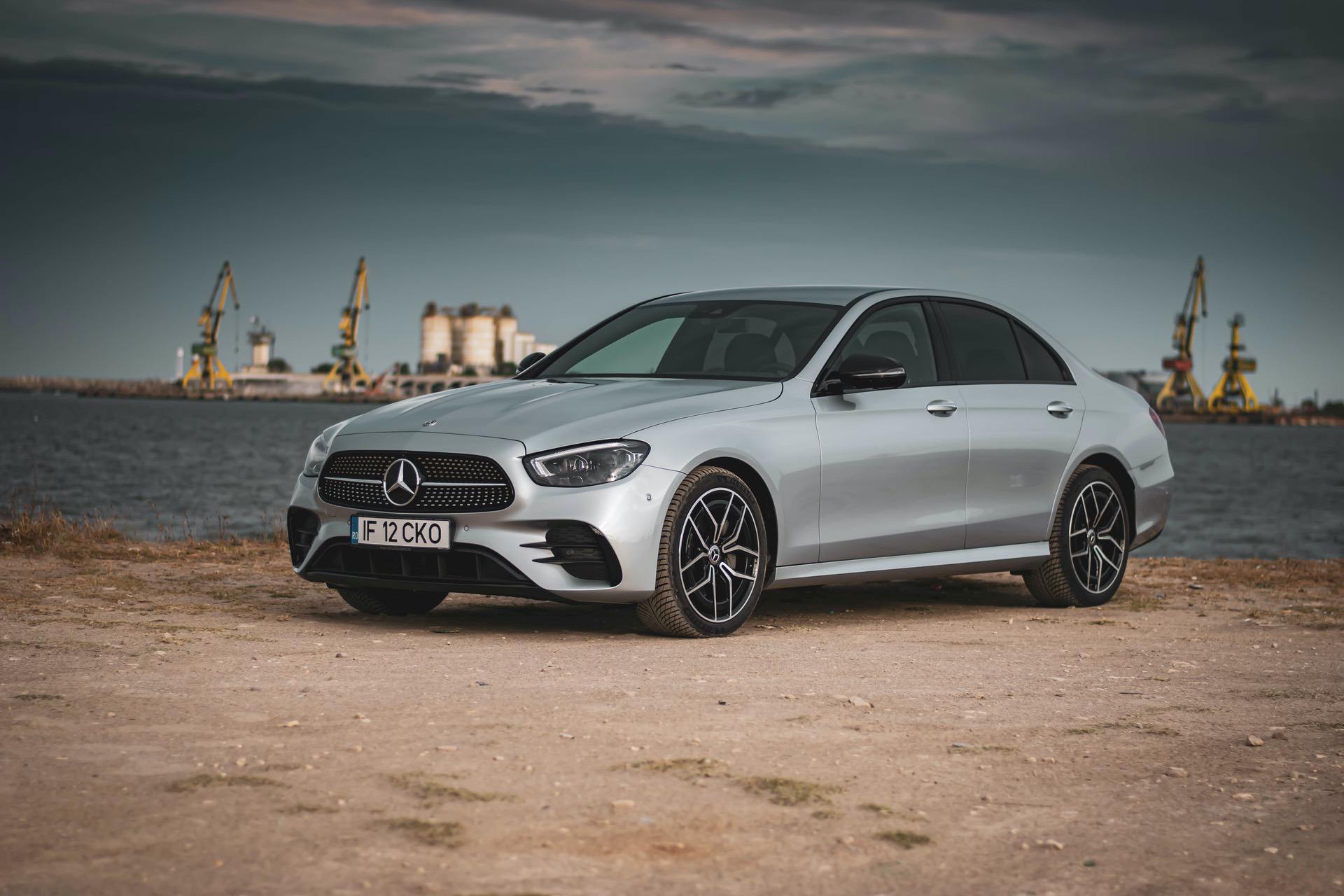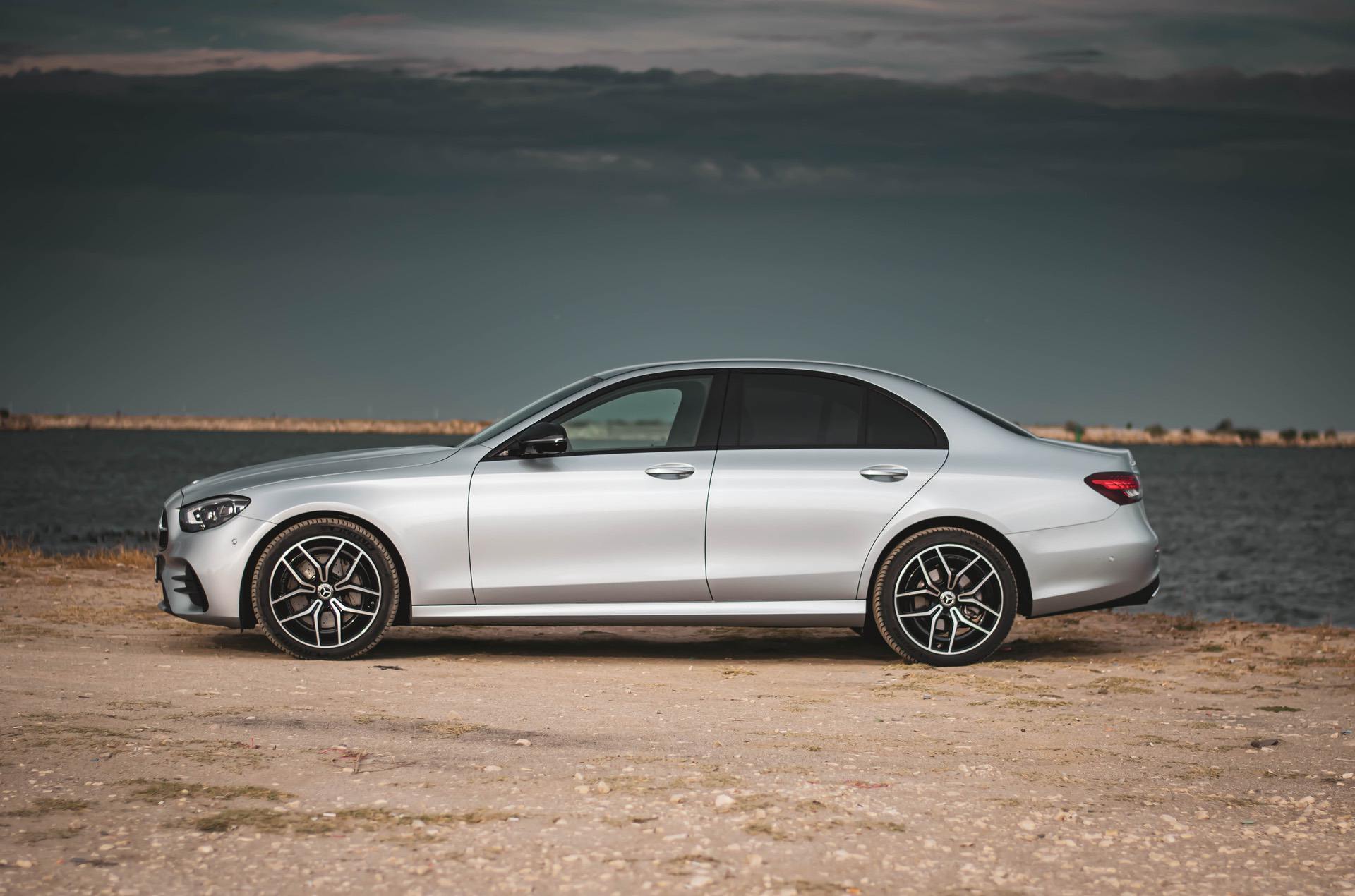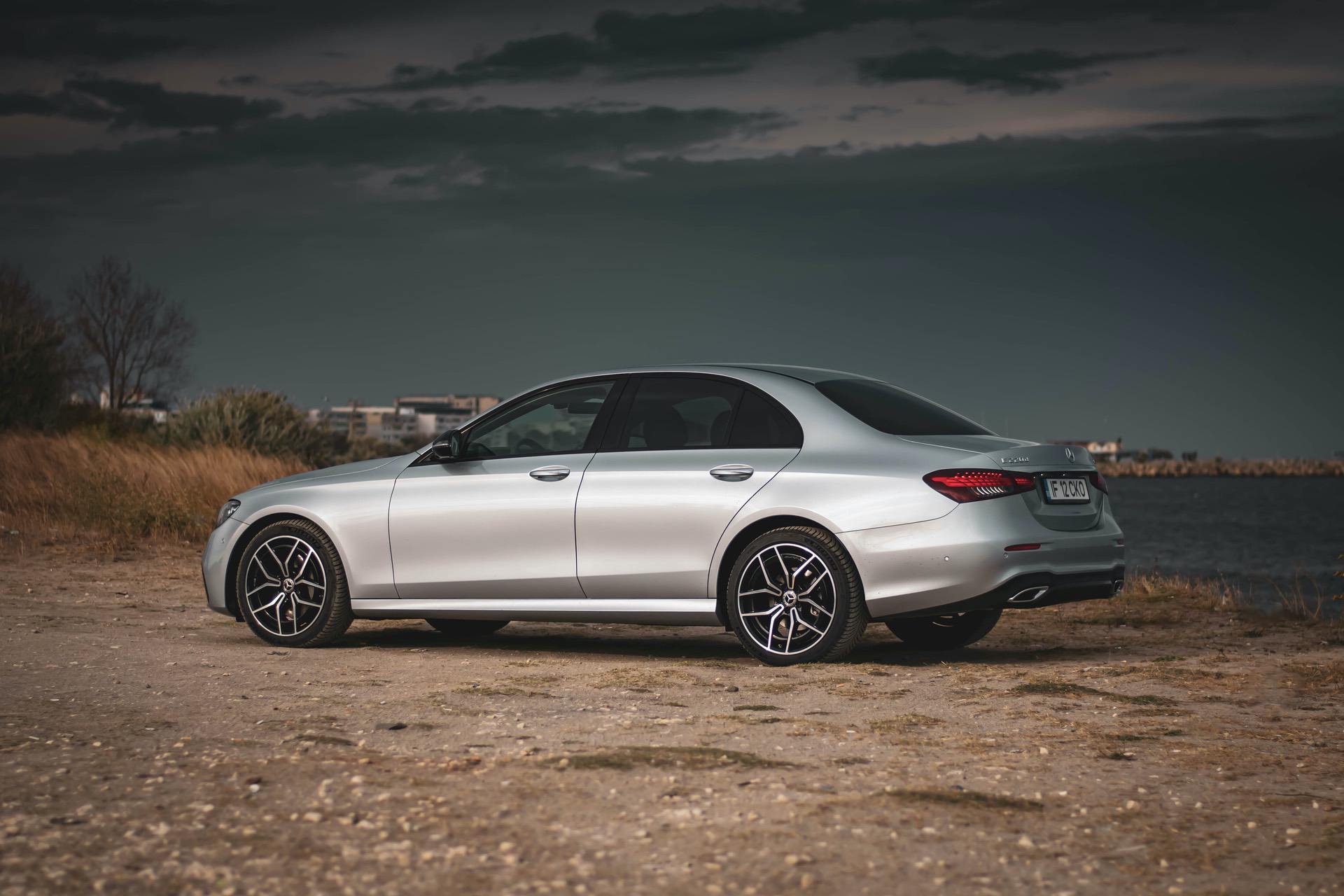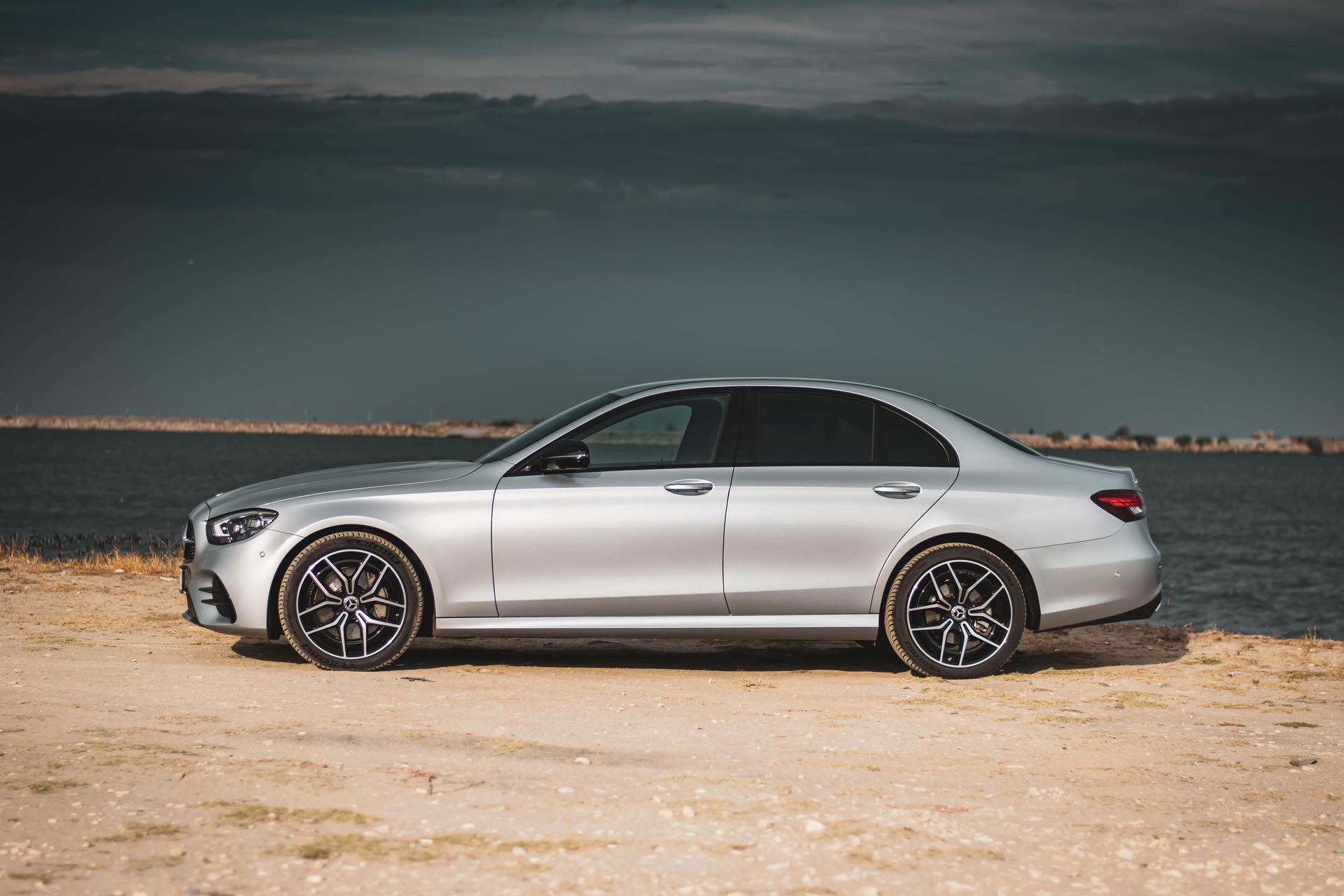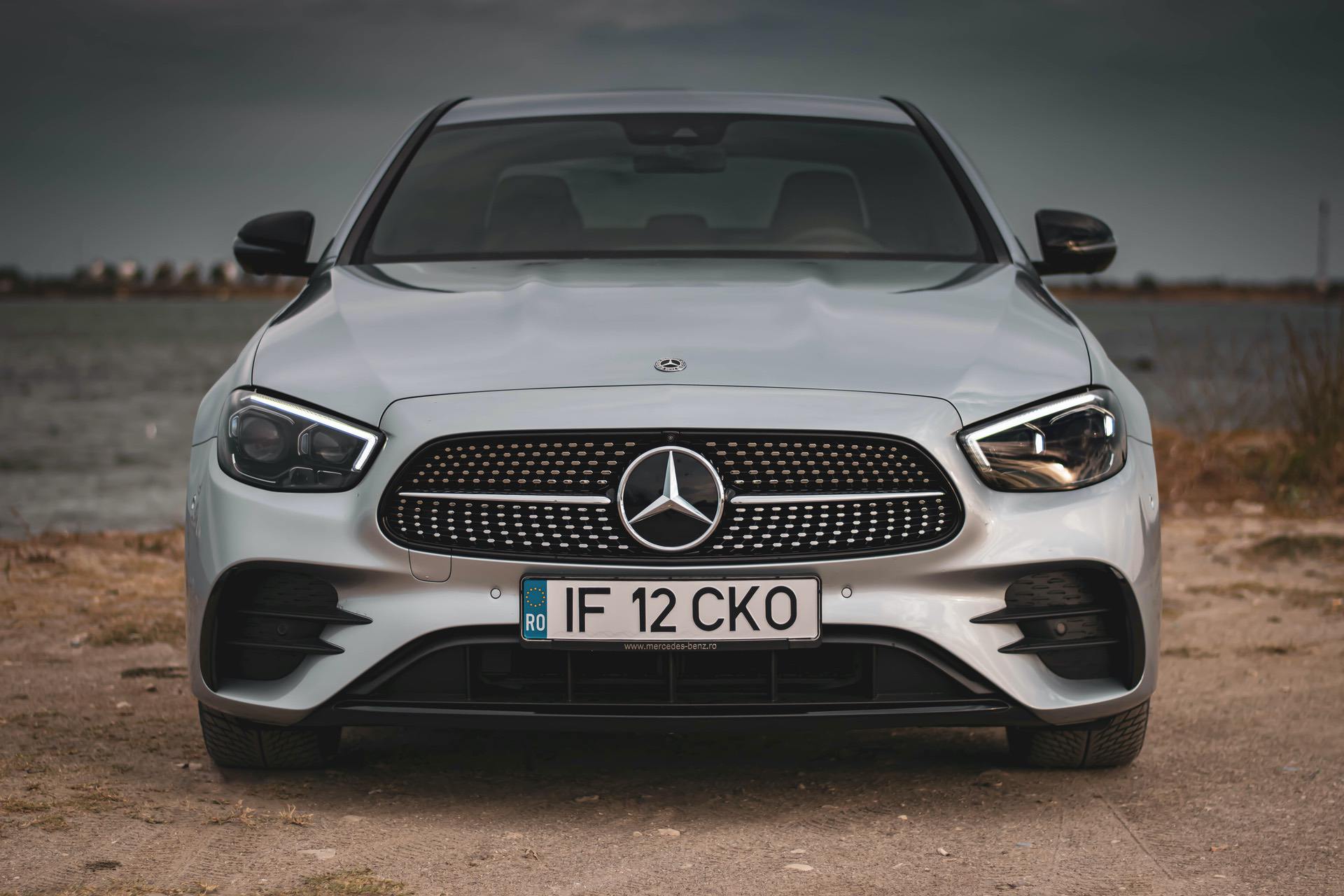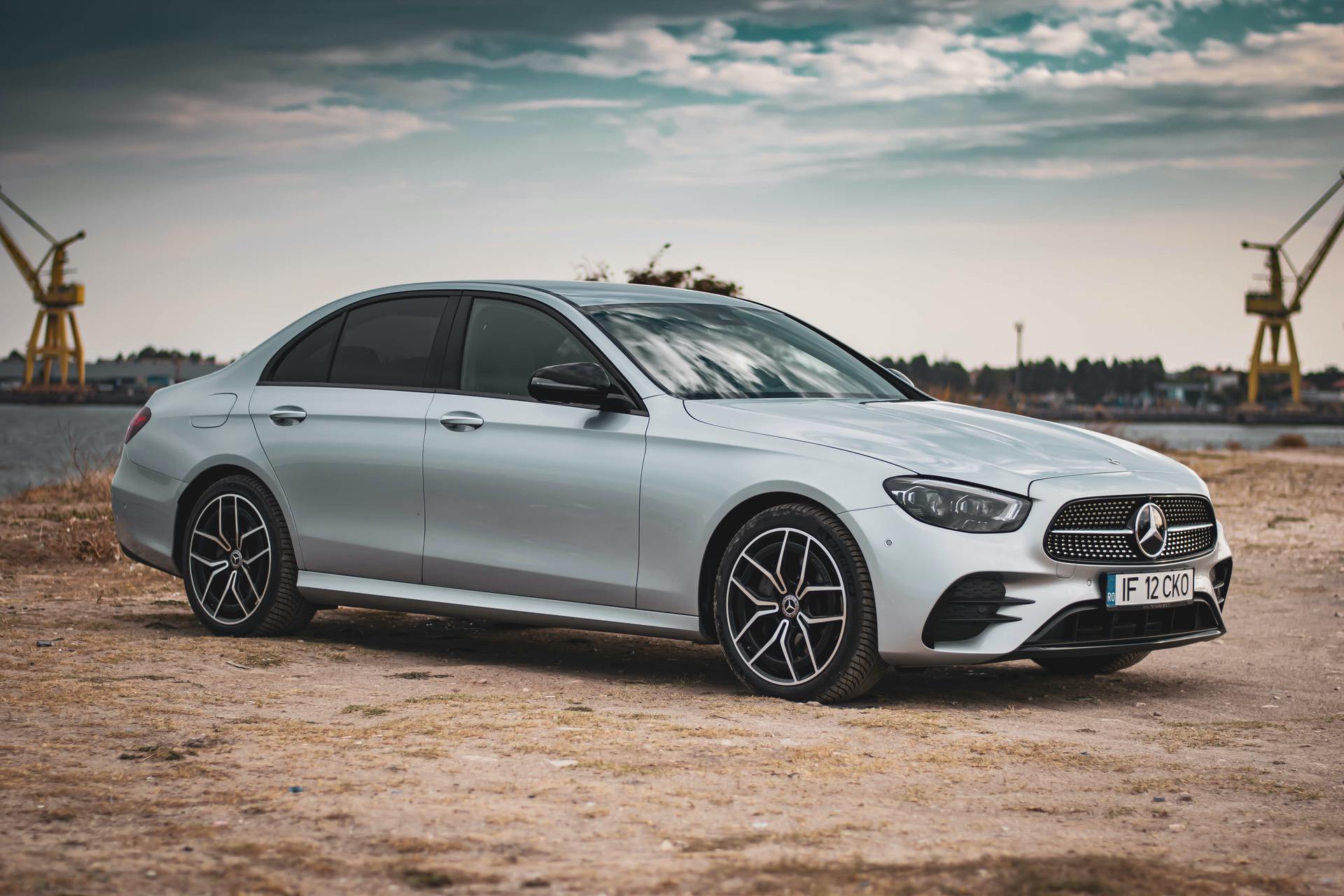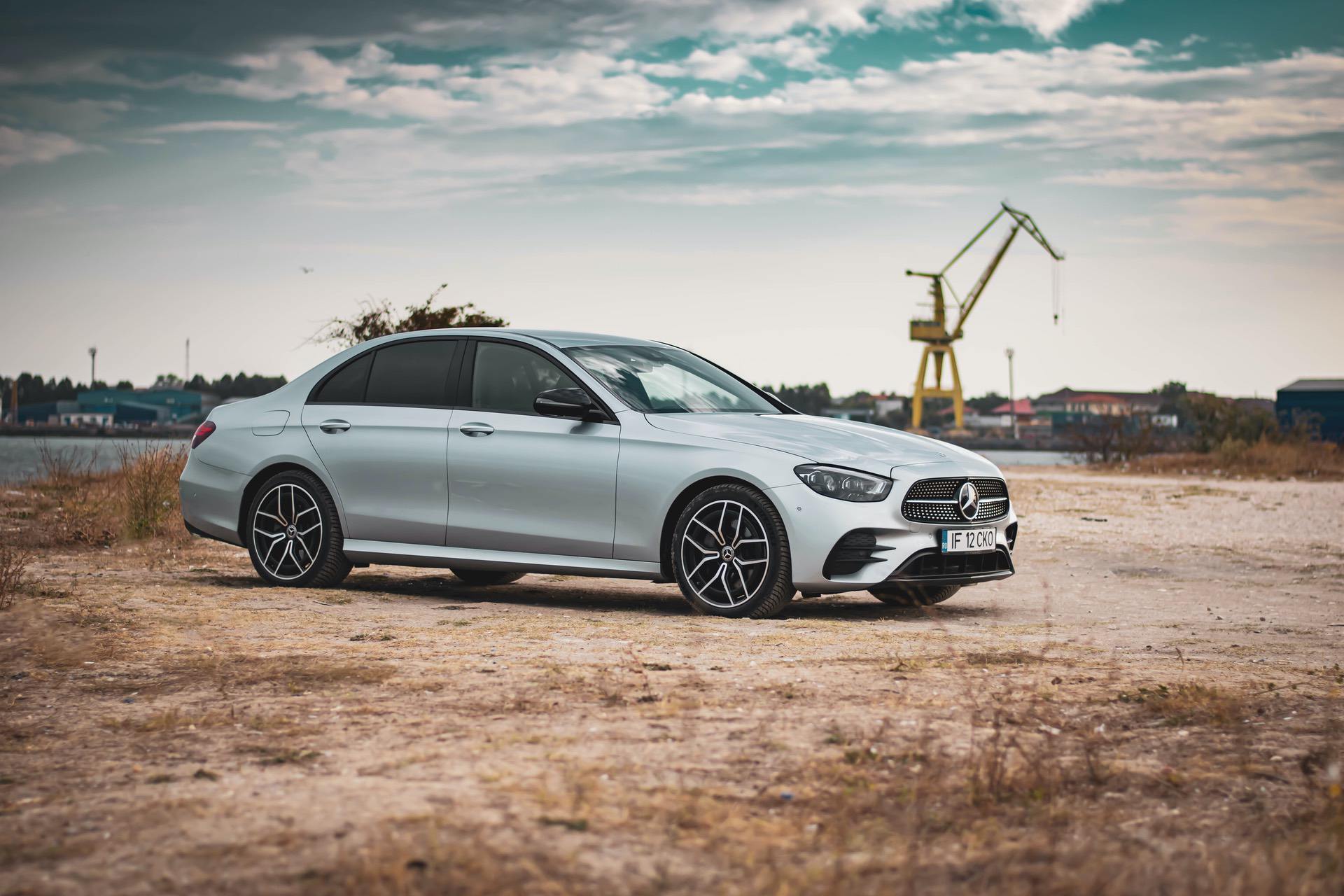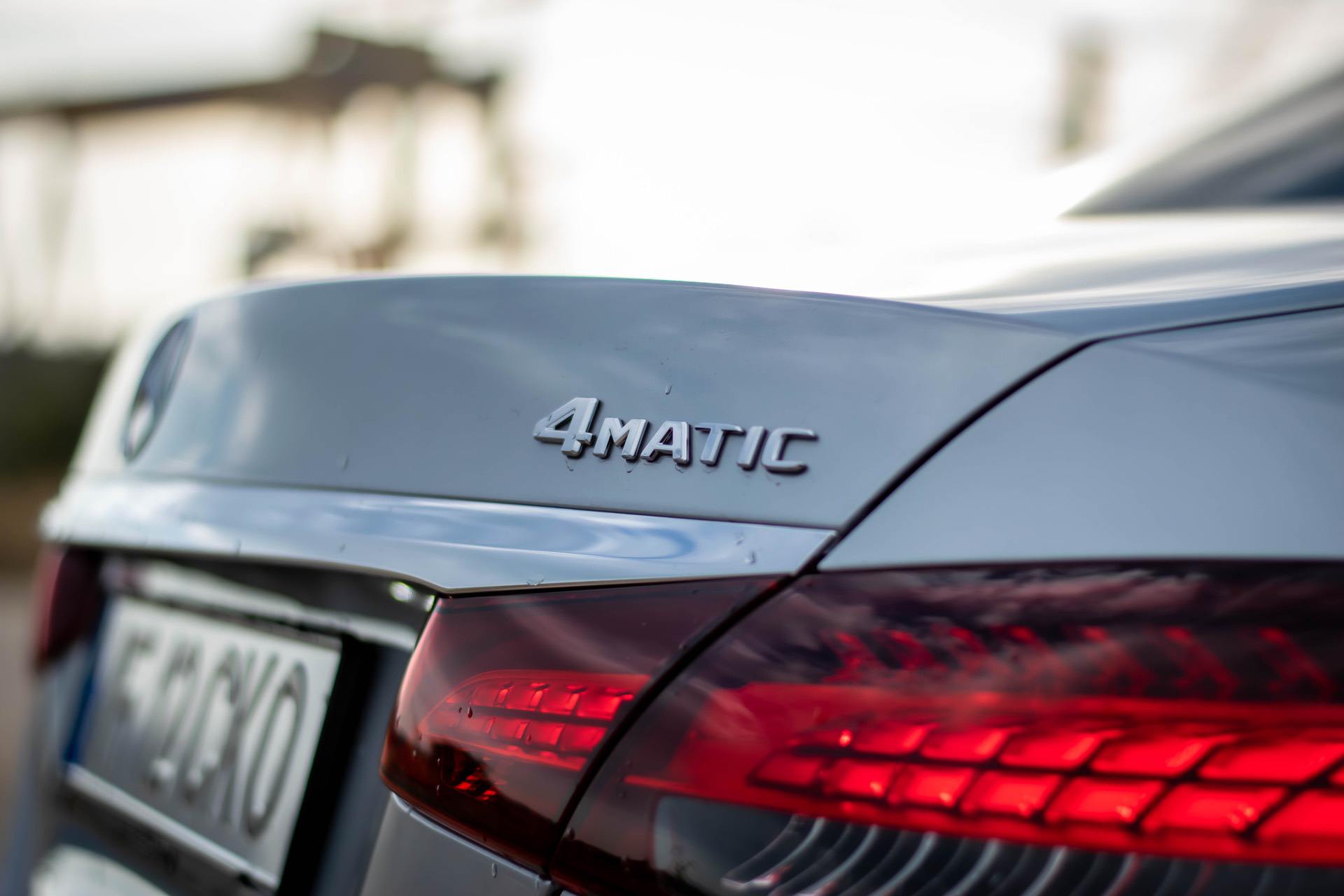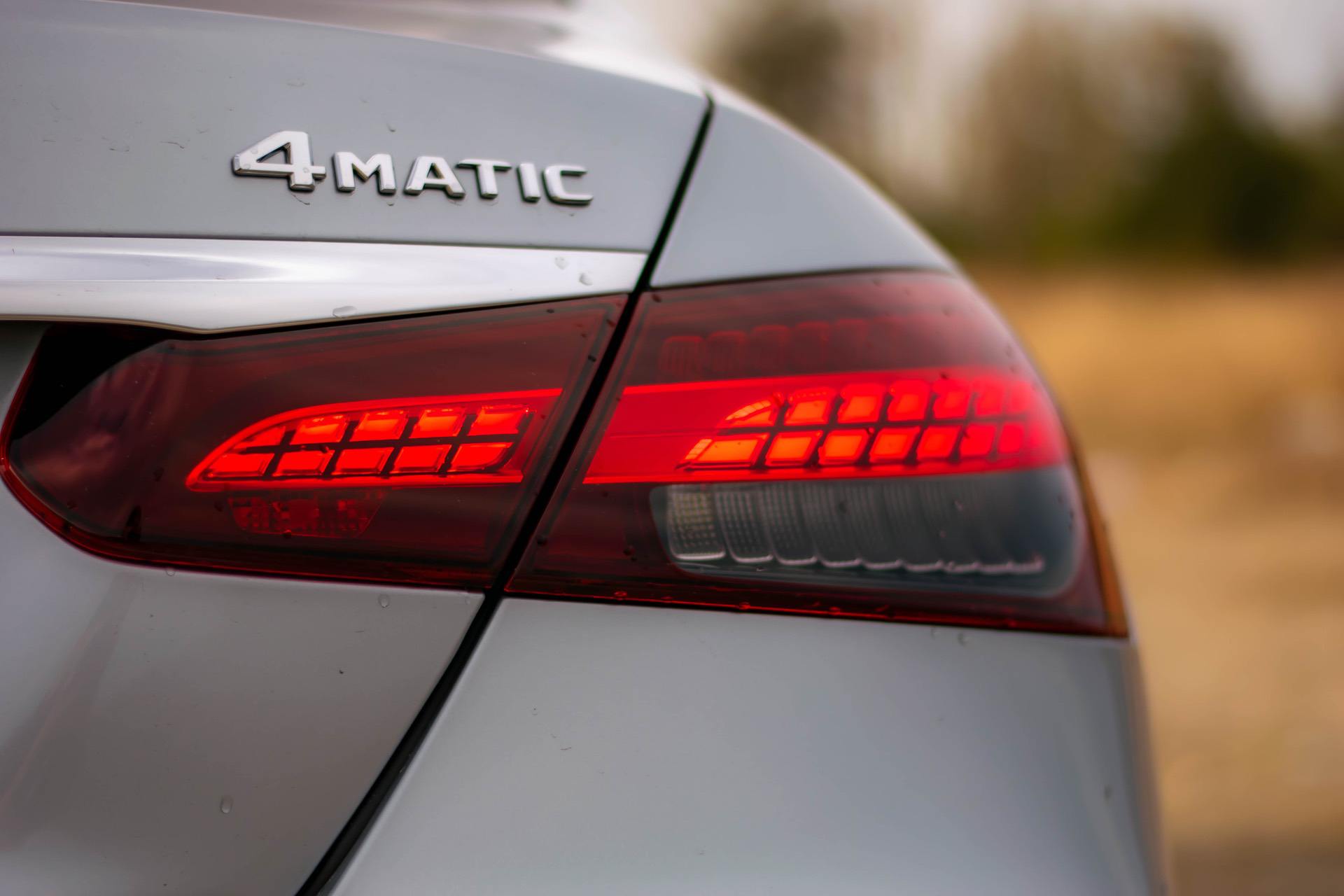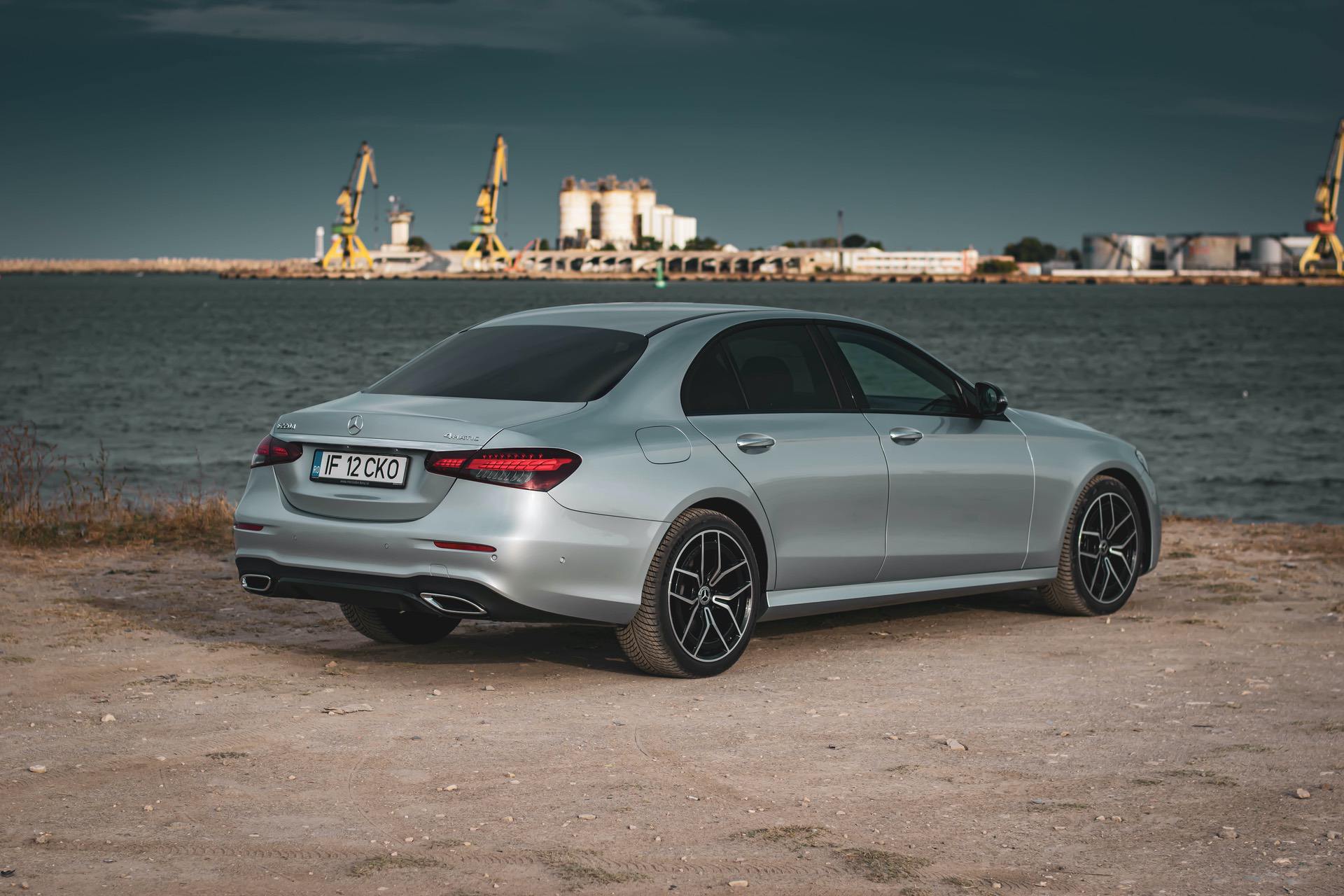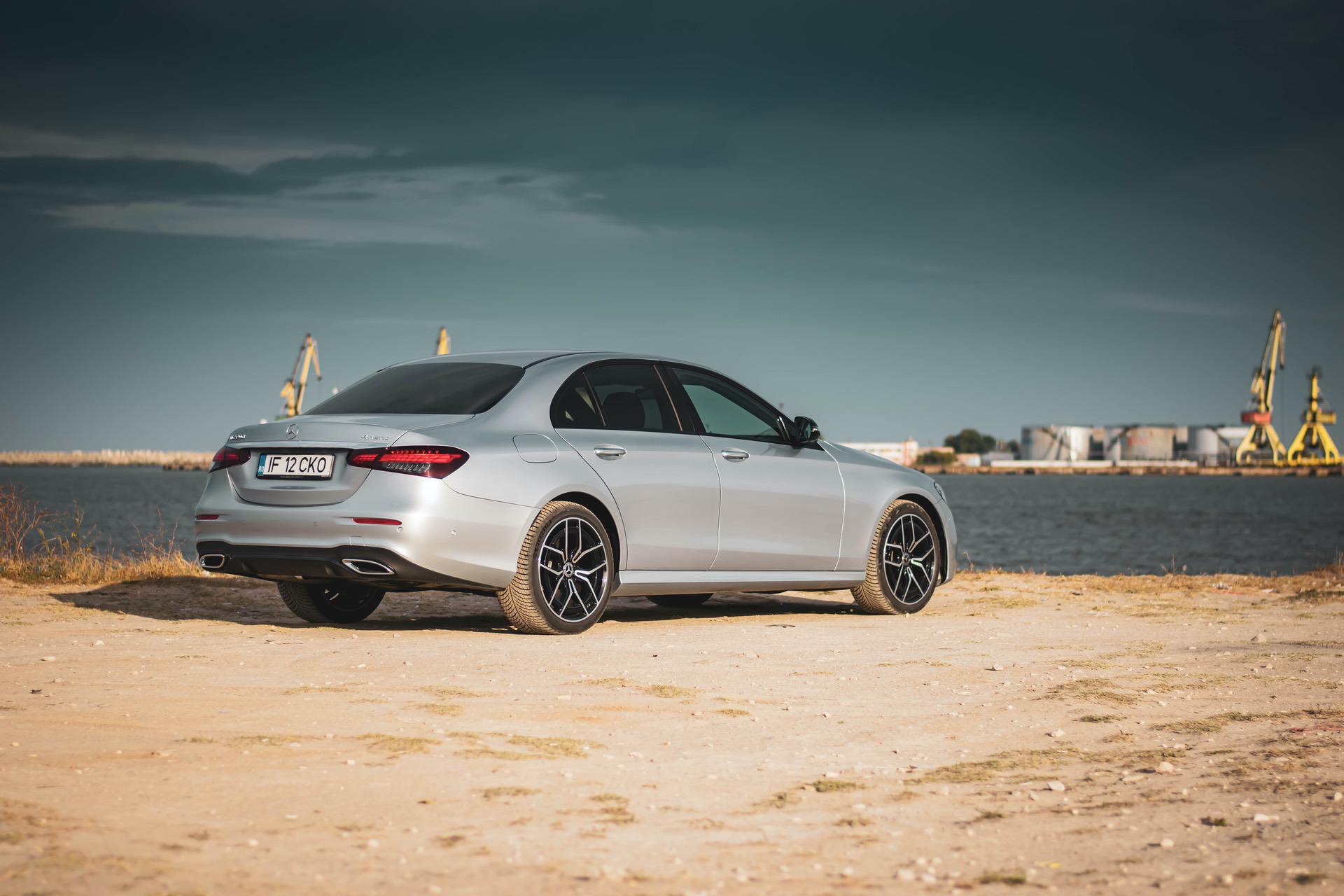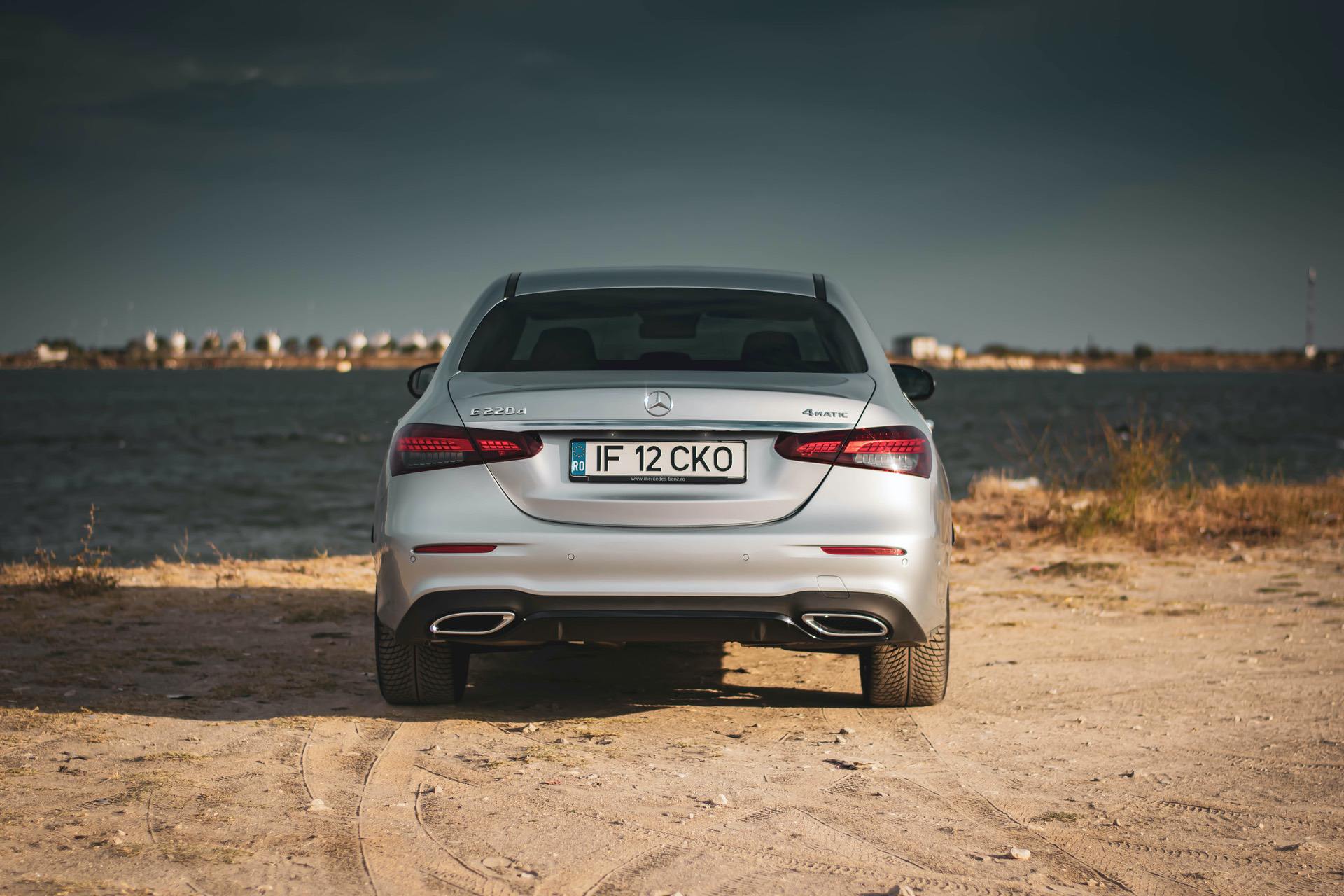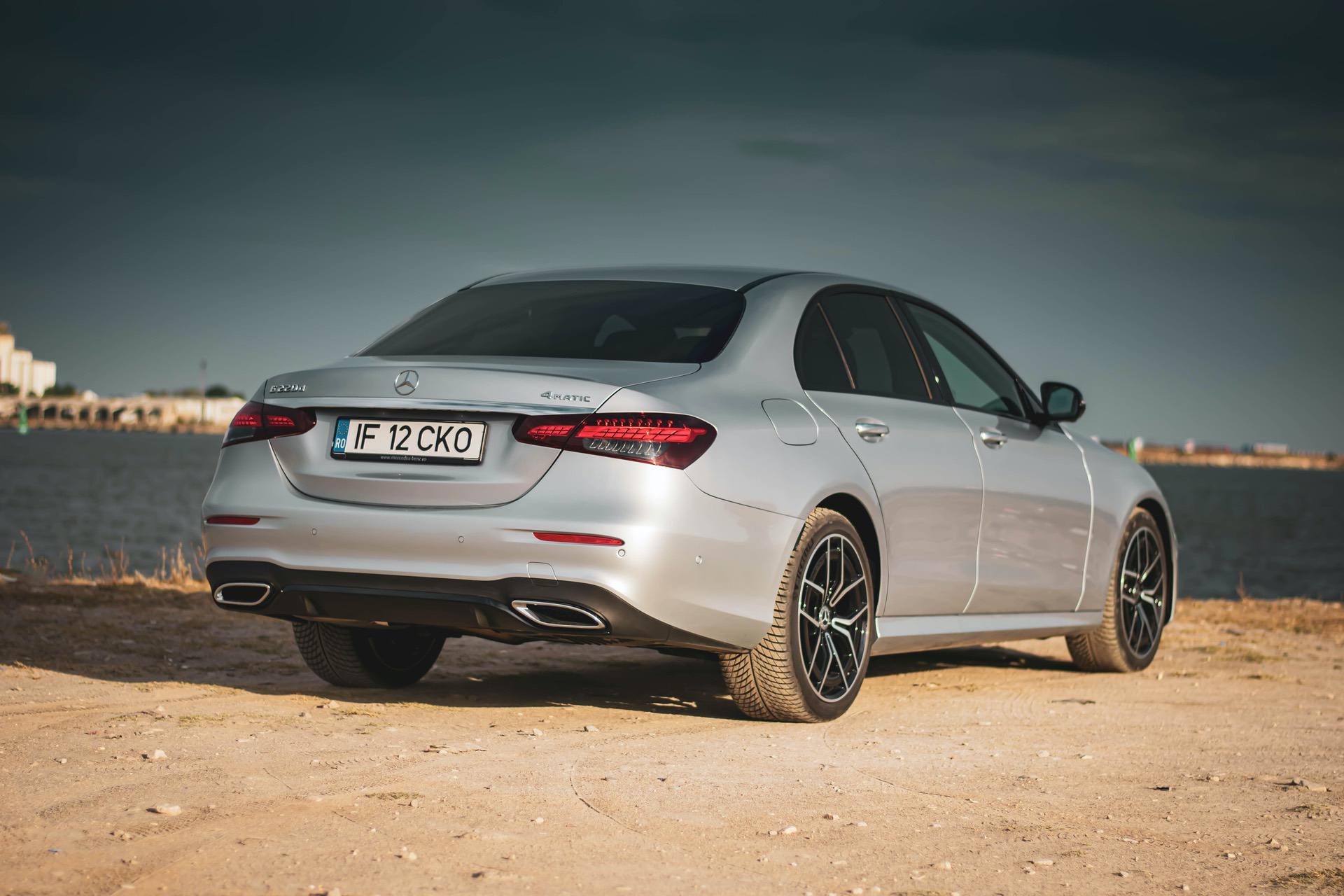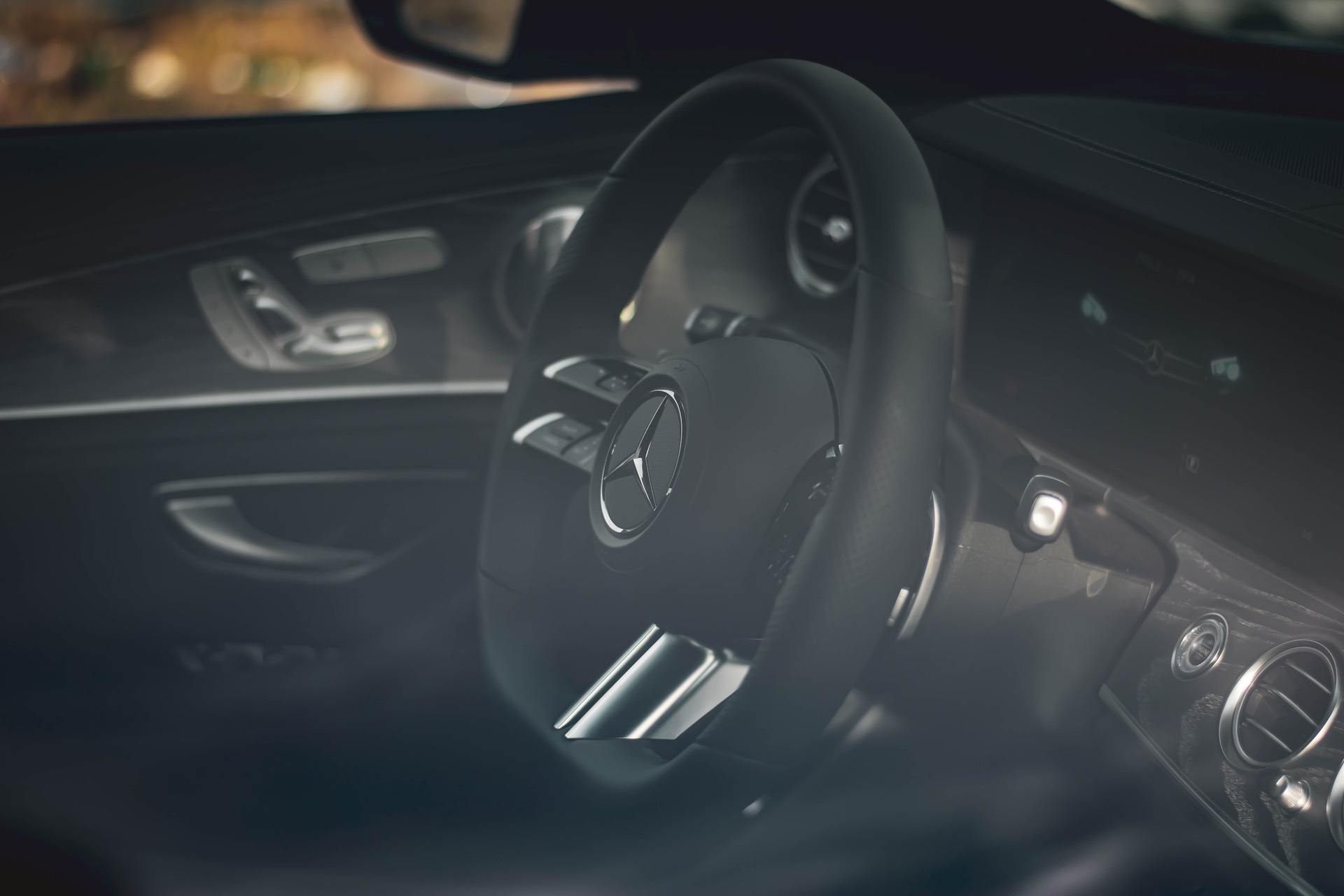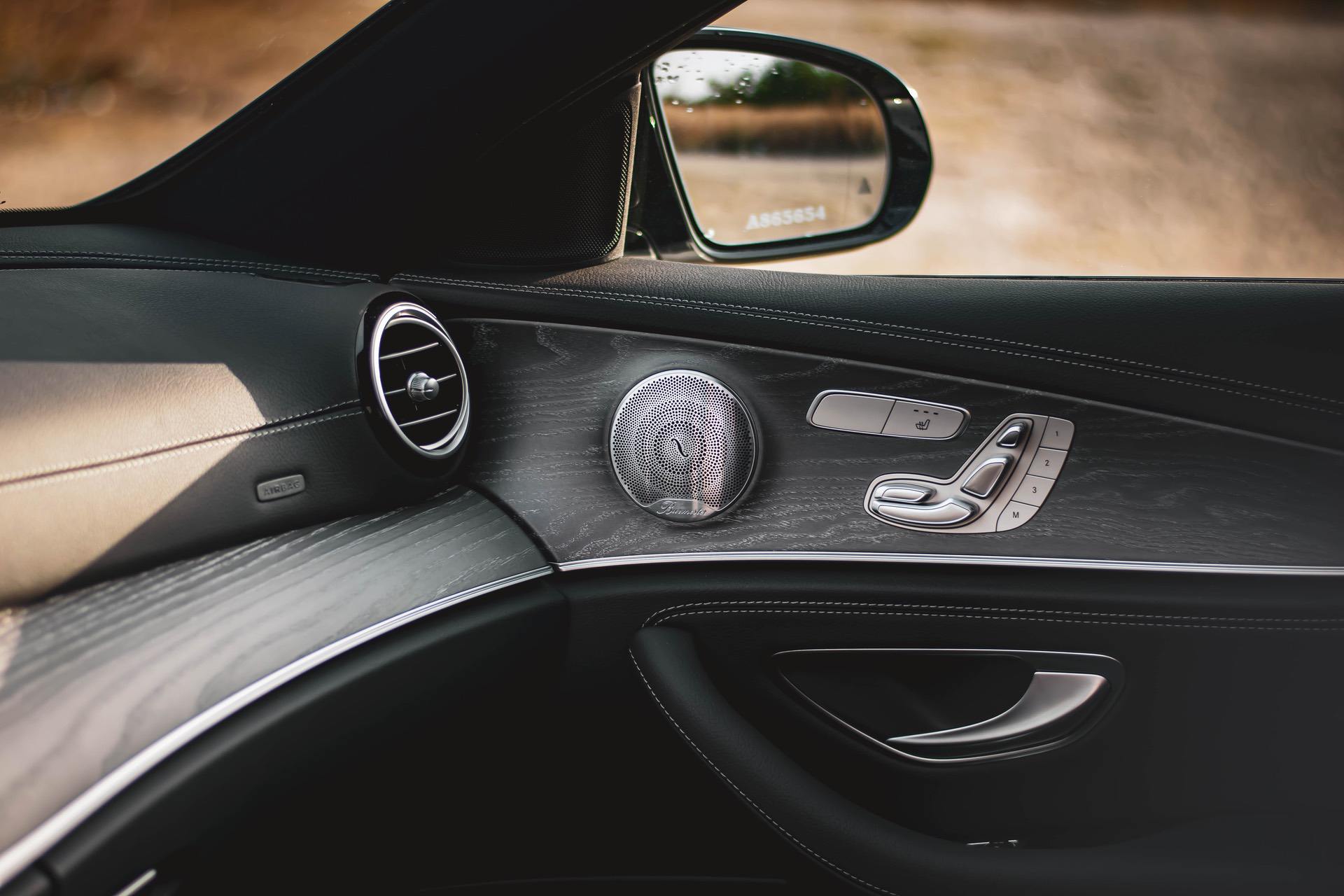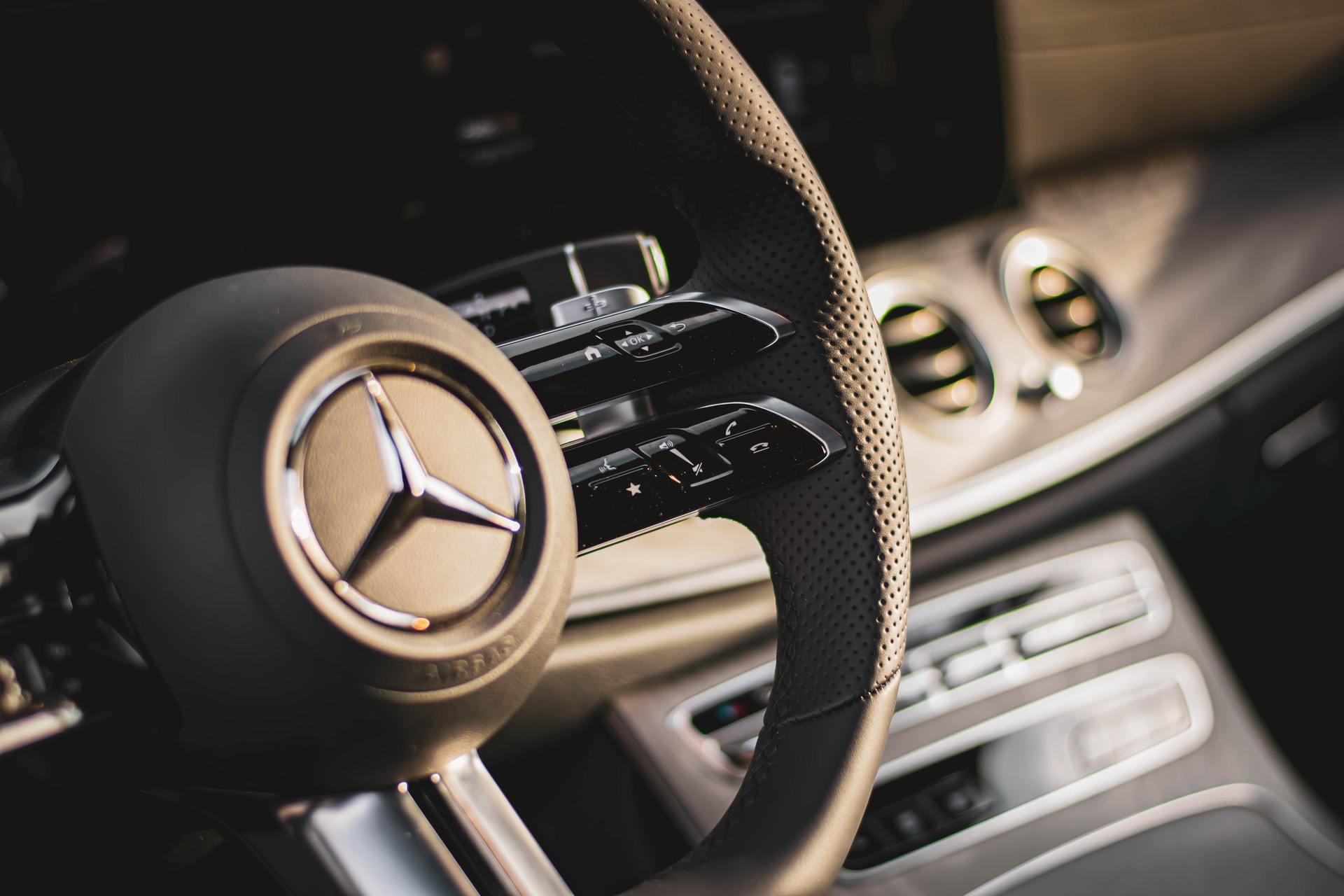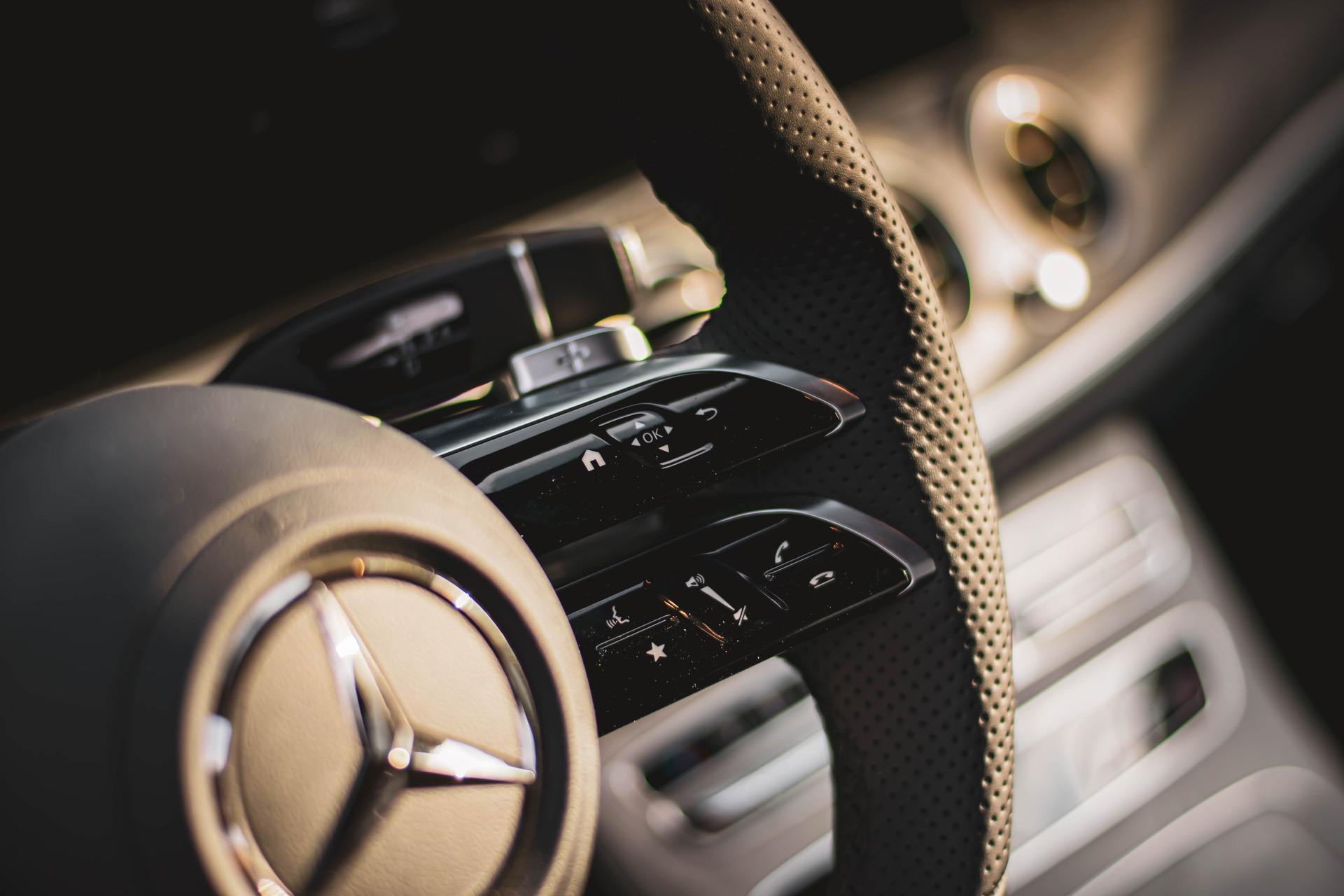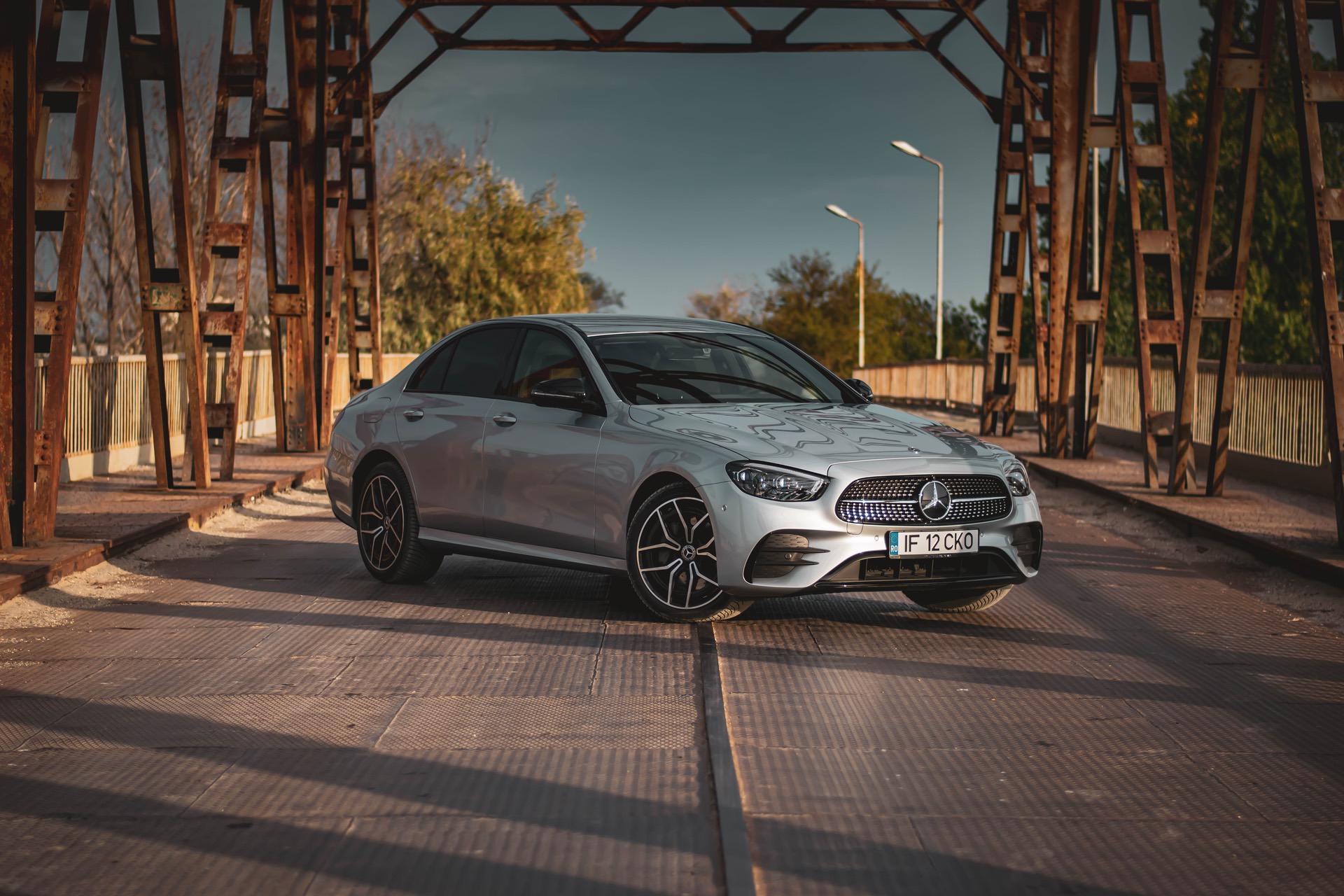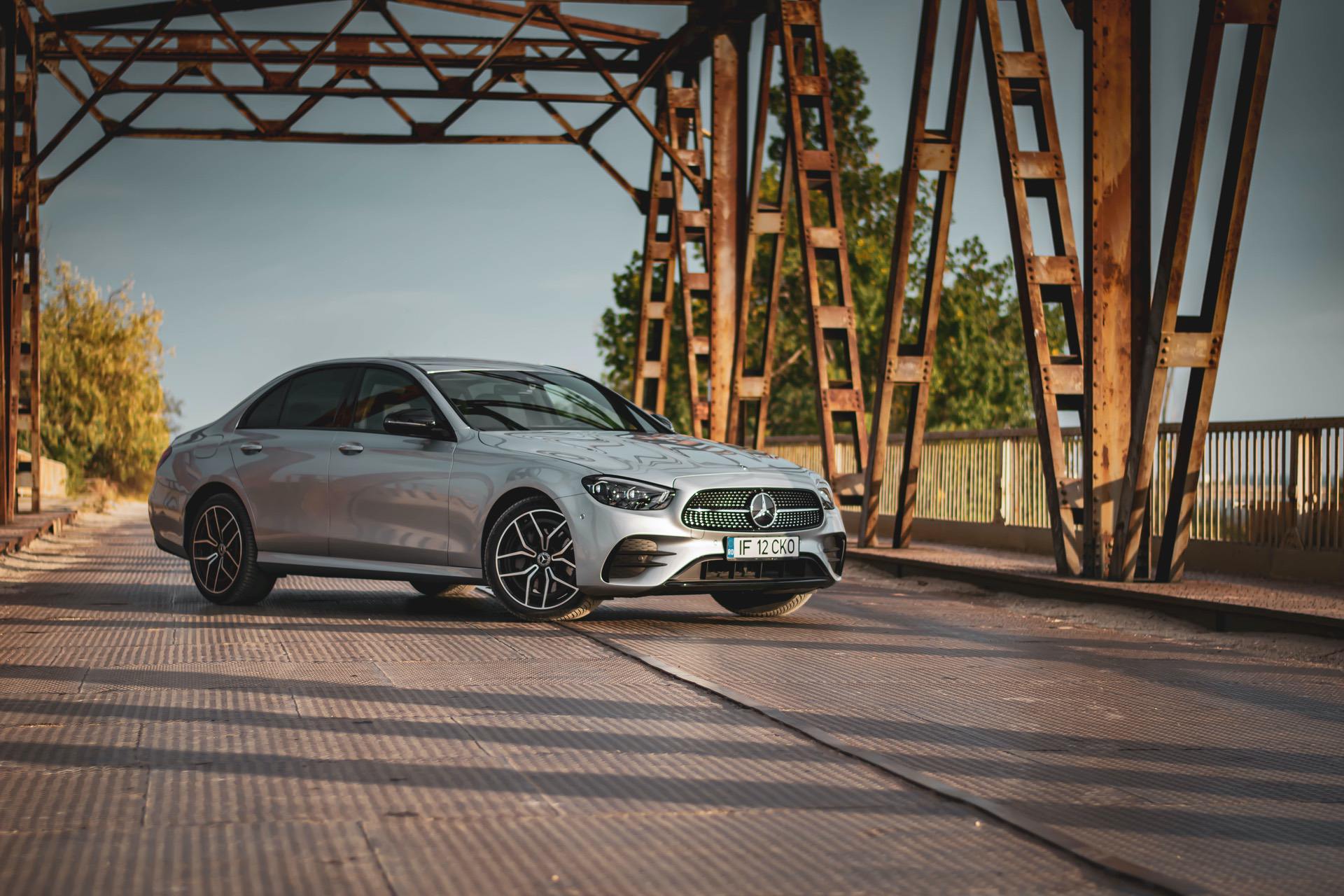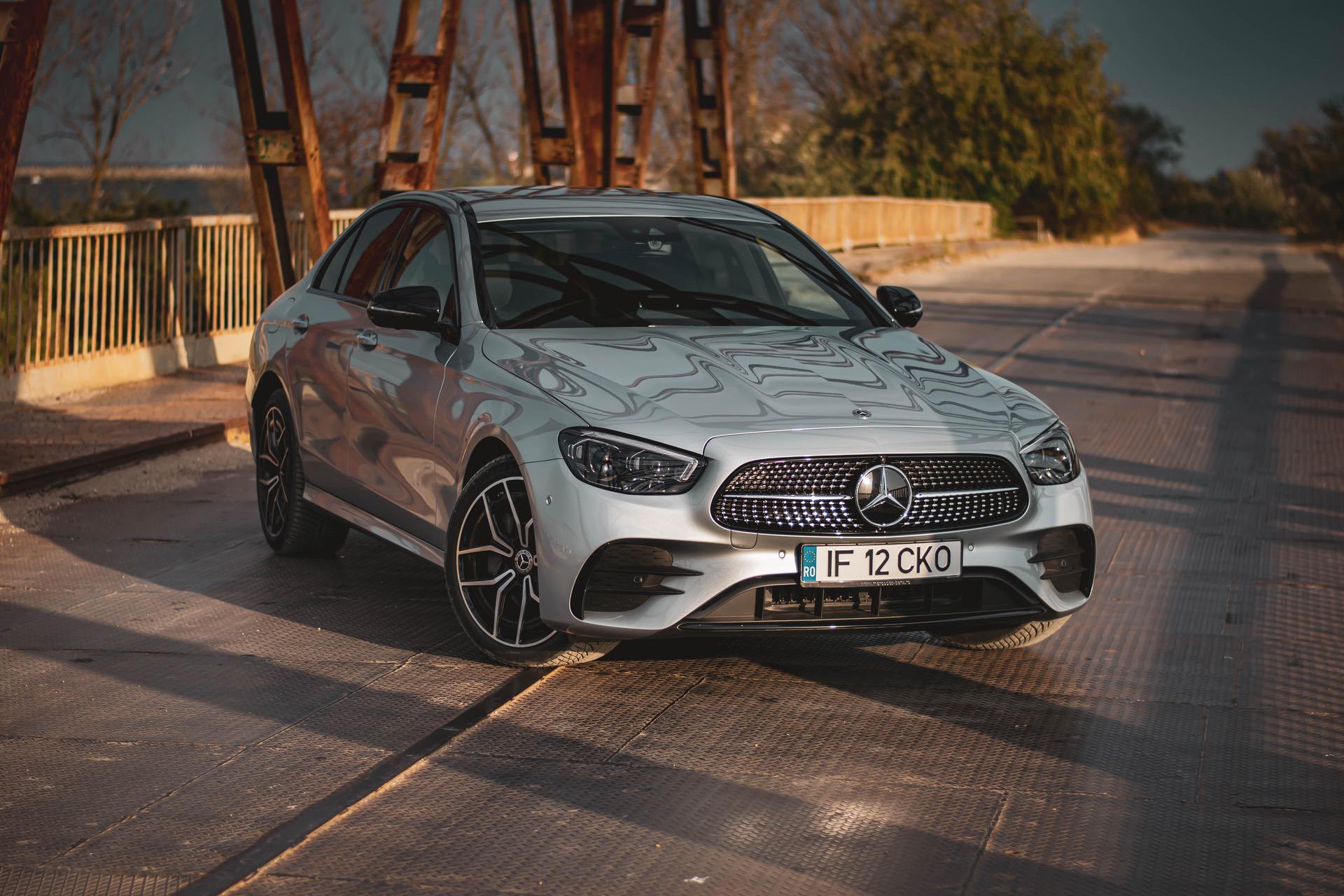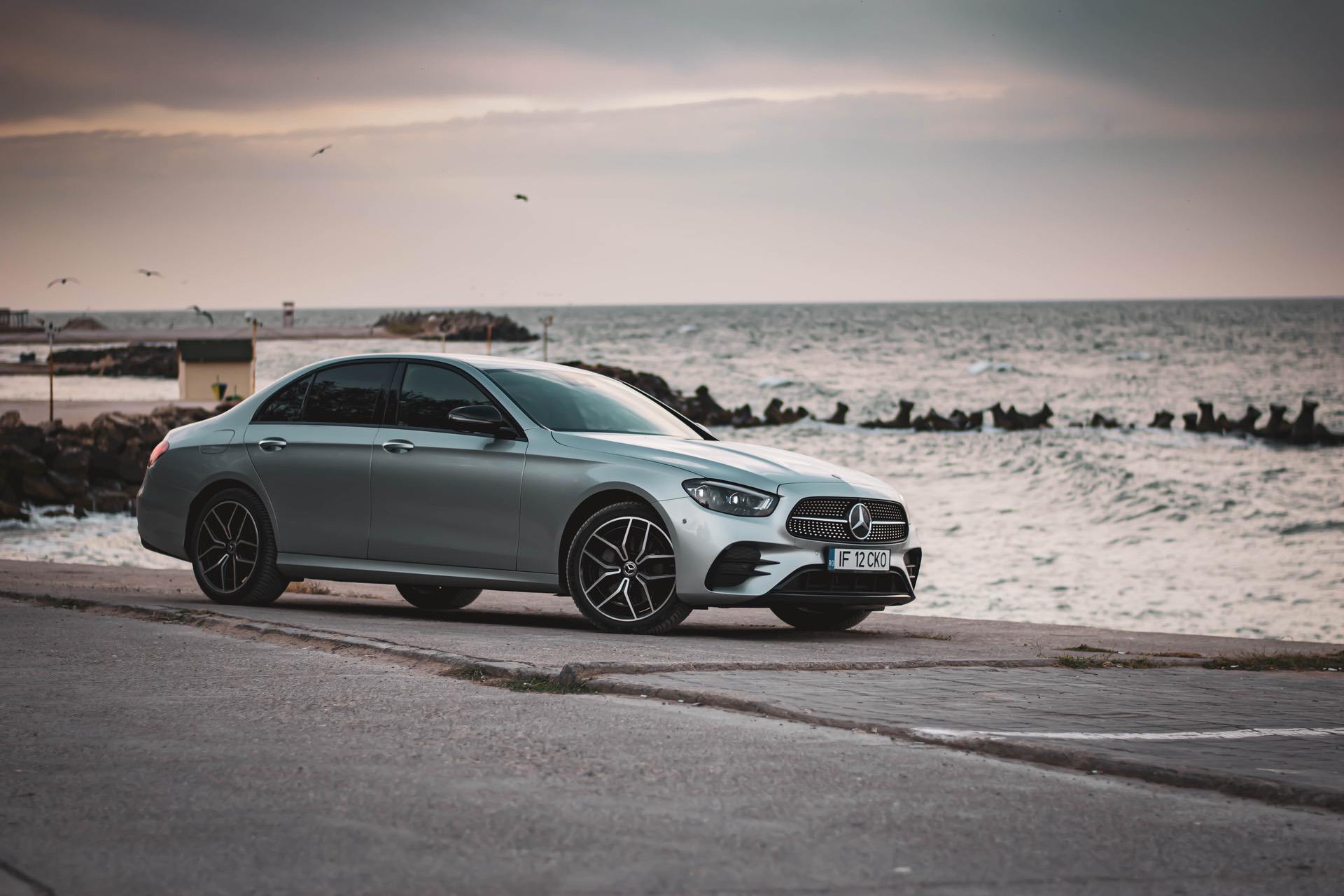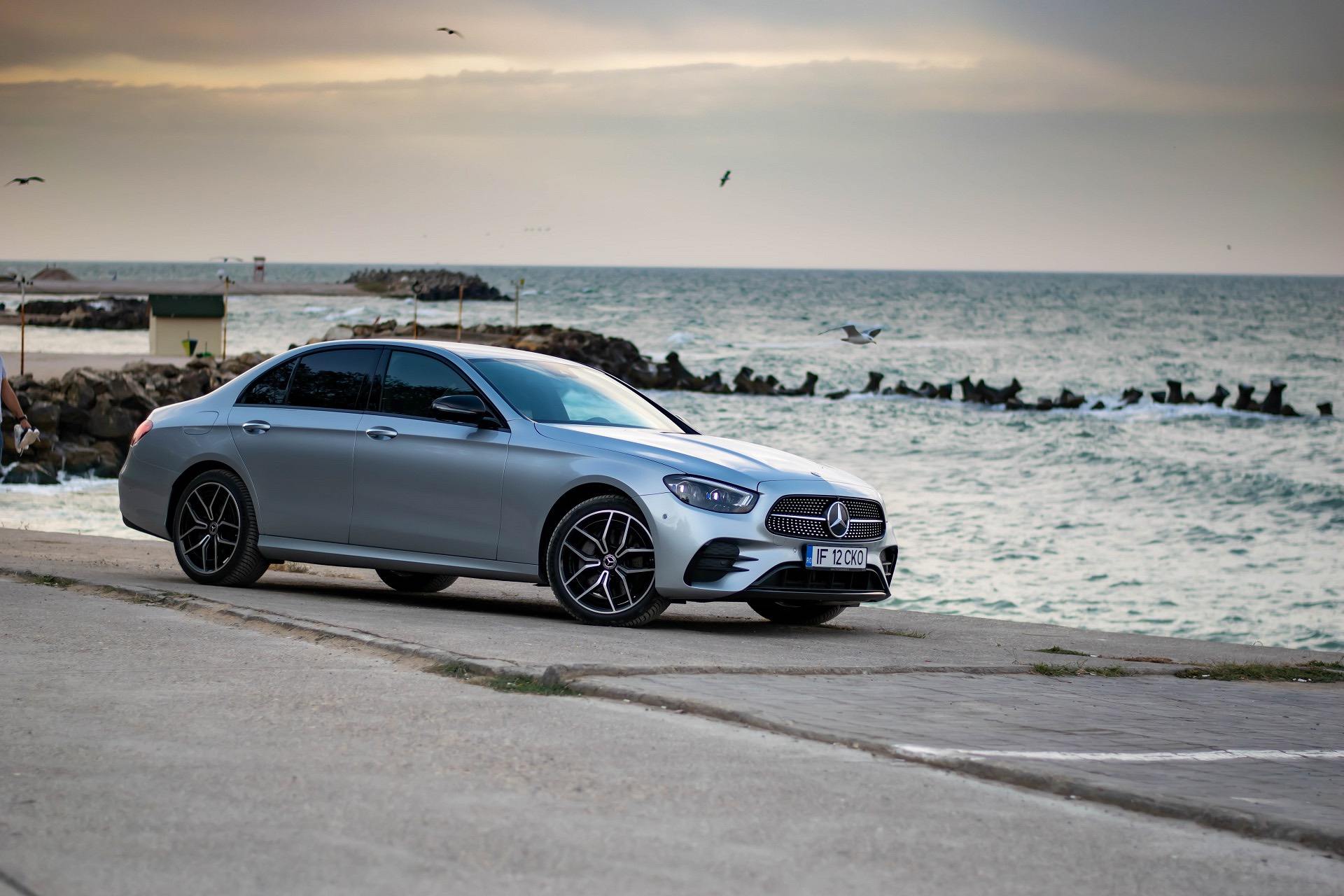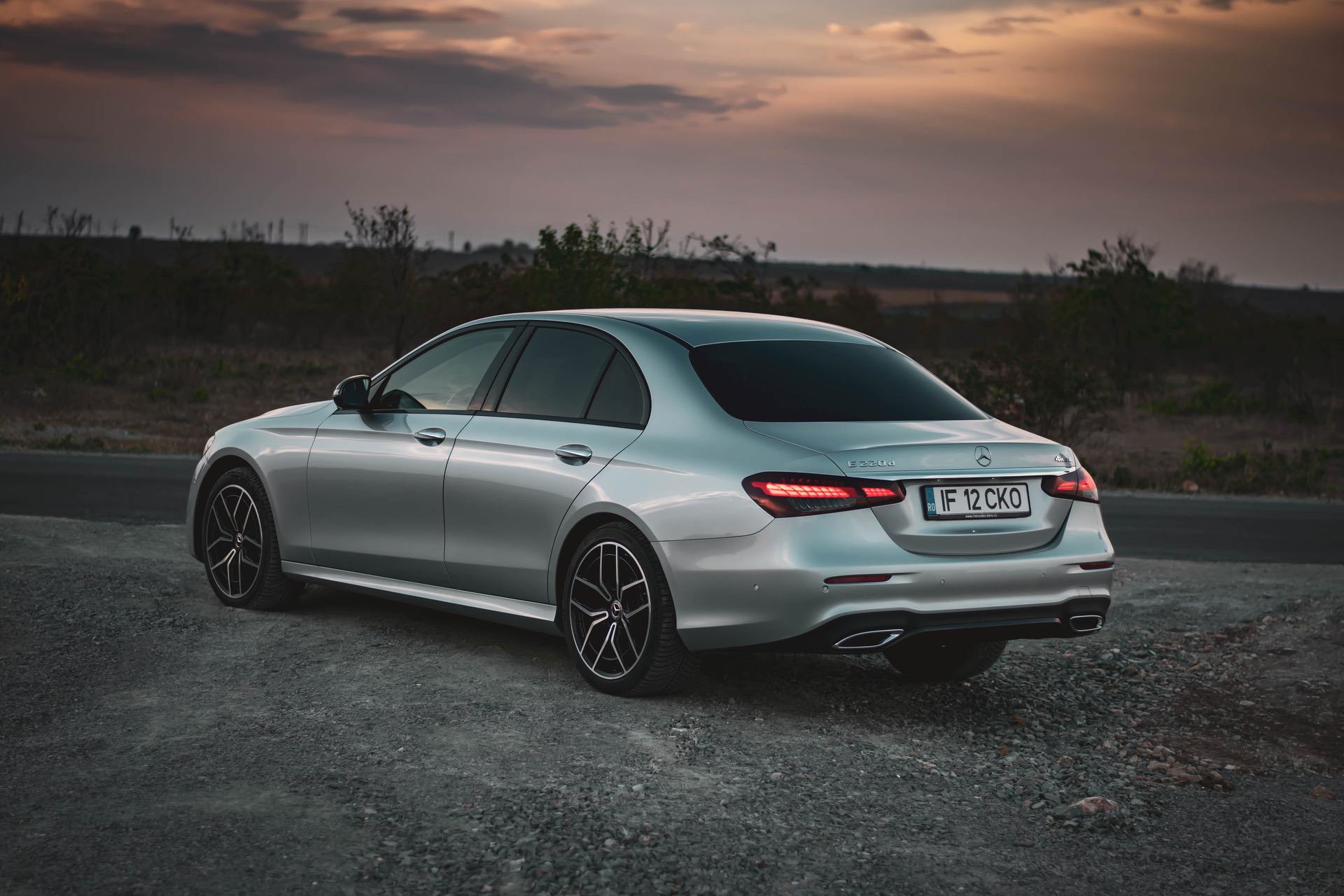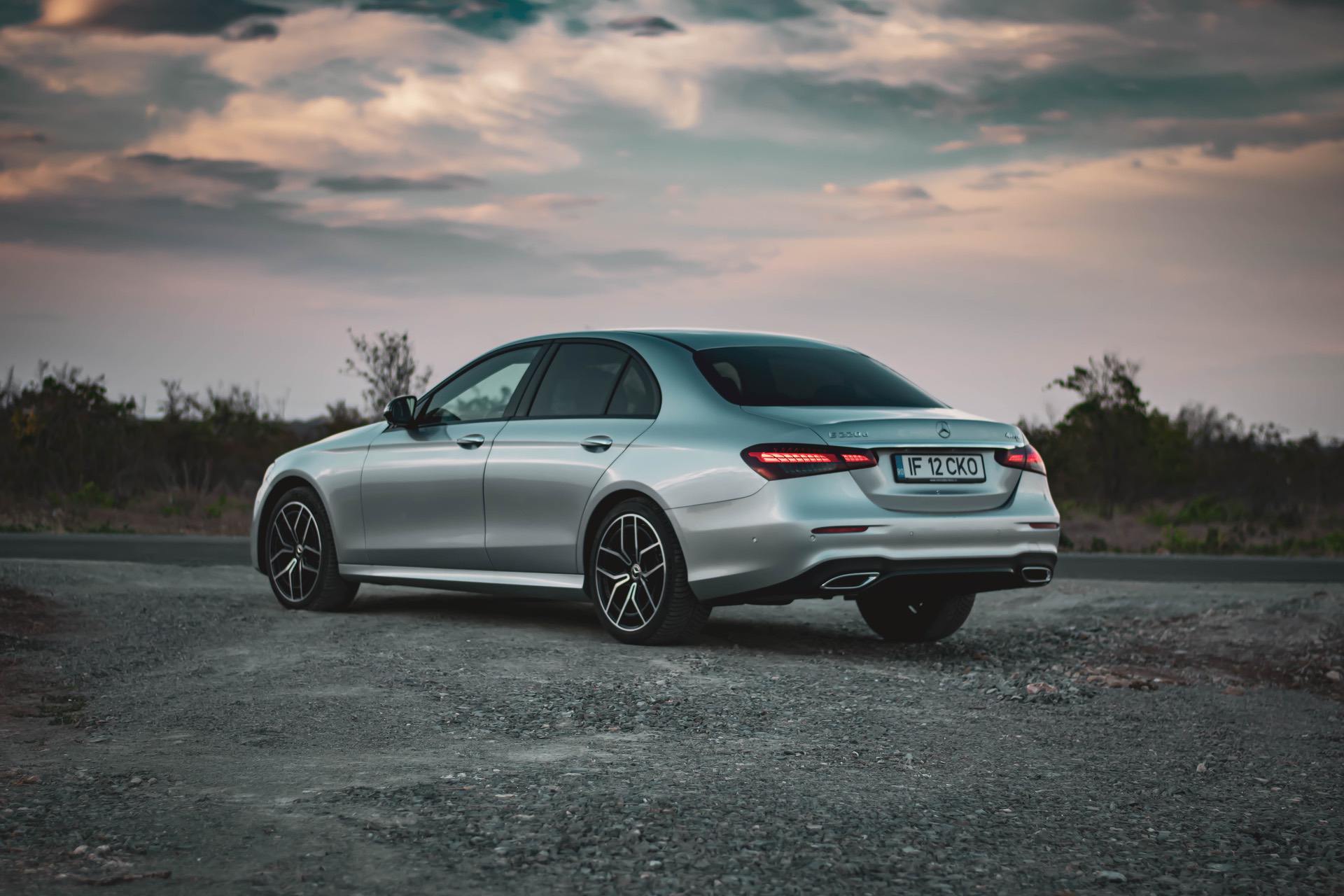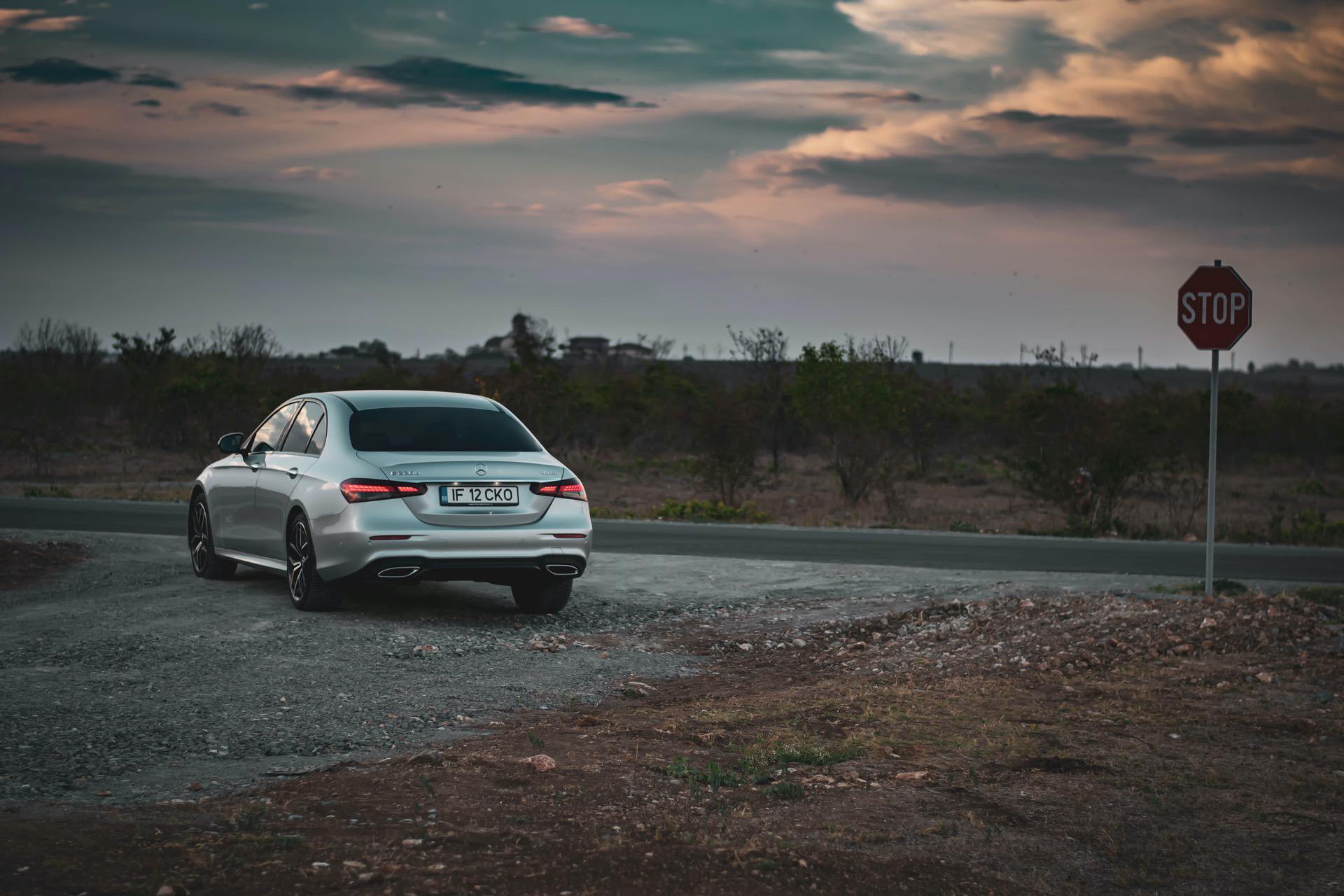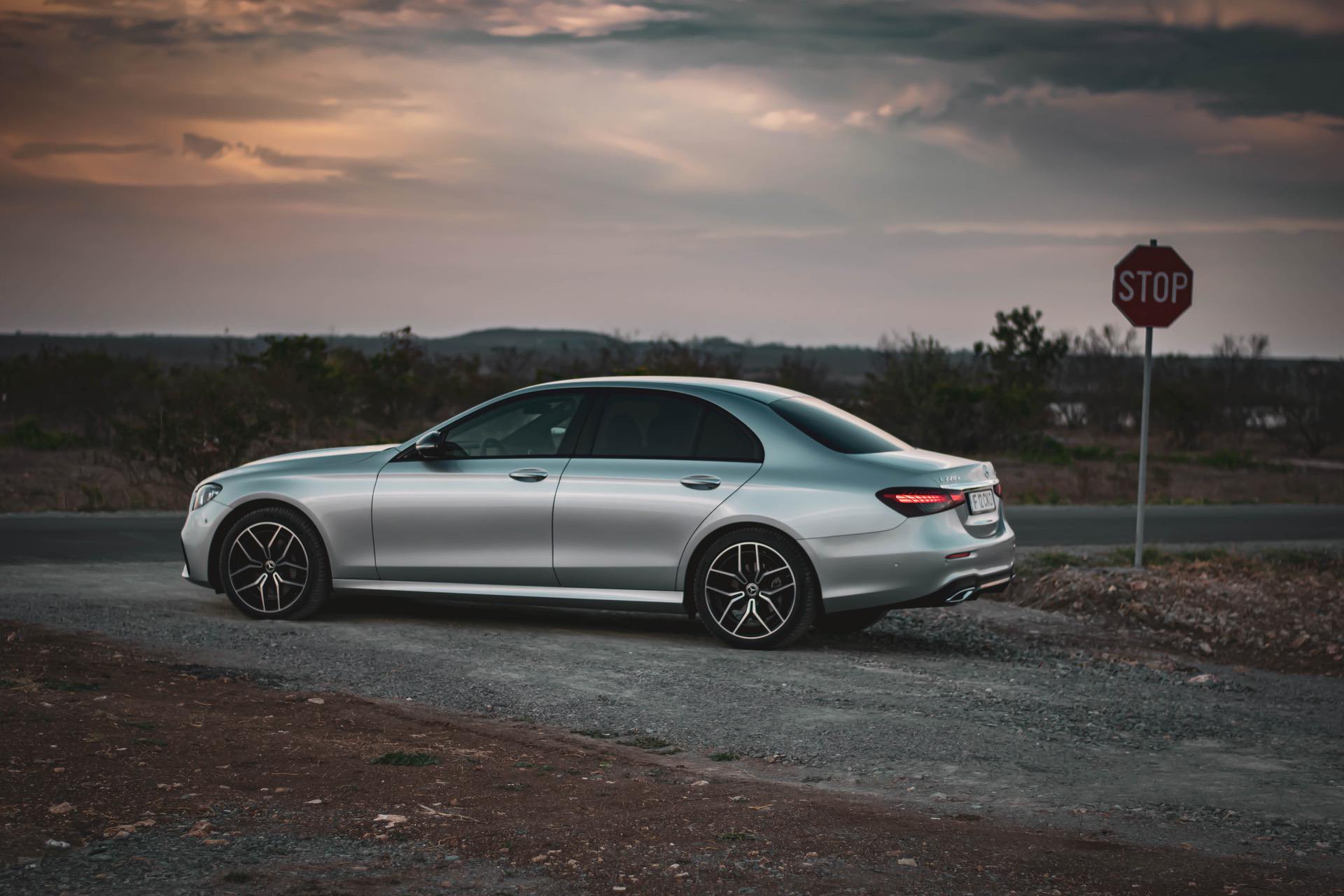Even though the E-Class name only made its first appearance in 1993, the Mercedes-Benz icon has been around for a lot longer than that. Only we didn’t know it. As peculiar as that may sound, that’s the truth because Mercedes-Benz didn’t use that name for a long time.
As a matter of fact, most of its current line-up naming scheme is rather new, from the A-Class to the S-Class. Some are tracing the roots of the E-Class back to the 1930s and whatever your view around the origins of the E-Class might be, you can’t deny this is one of the most iconic models ever made.
The Iconic 123 Series
One of the E-Class’ predecessors had a huge part to play in the making of the German engineering myth that is still going around today: the 123 Series. These cars were basically indestructible and they would run on just about anything, especially diesels. You could use sunflower oil to power them and they’d be happy to take it. These cars were so good, they became the standard in no time and the best-selling sedan ever made by 1986.
Therefore, the E-Class has big shoes to fill and, over the years, it did a good job. Rivals have popped up as its success couldn’t go unnoticed. One of the first models to do that was the BMW 5 Series, way back in 1972. And since then, the two have been trading blows in the executive sedan segment.
Naturally, these cars have been veritable workhorses for their makers, bringing in lots of money and customers, and building entire cults around them. Therefore, when Mercedes-Benz decided to give the current generation (W213) a facelift earlier this year, everyone was put on notice.
The importance of the E-Class, even in today’s SUV-laden world, within the Mercedes-Benz range can’t be overlooked. The sales figures show you exactly why, as the E remains one of the best-selling cars the Stuttgart-based manufacturer has on offer today.
Huge Money Poured Into E-Class Facelifts
Its popularity can also be recognized by how much money the Mercedes-Benz invested in its facelifts over time. The previous generation had one that cost 1 billion euros and that kind of money spending just doesn’t happen if the company isn’t sure it’s going to be worth it.
For the current facelift, the timeline was a bit off too. Normally, Mercedes-Benz has a certain way of doing things. They will first launch the flagship – which is the S-Class – and then all other models will follow through. Normally, the flagship dictates not only the technology that’s coming but also the design line all other cars will be inspired by. This time round though, things went the other way.
The E-Class was shown, with a new design, in early 2020. Then, this summer, the S-Class was launched and, for the first time ever, the new S seemed to take up cues from its smaller brother.
The front-ends of both the E-Class and the new S-Class have similar design cues and the headlights, for example, seem to be exactly the same, but on different scales. Sure, the S-Class still has the biggest grille but overall, the shape is similar nonetheless.
And the same goes round the back, where the E-Class now has different taillamps. They are, once again, split as we’ve seen on previous generations countless times. Whereas on the pre-facelift model you had the entire taillamp on the side of the car, now some of it is stuck on the boot lid. The shape is rather familiar too, just a tad different from what we’ve seen on the newly unveiled S-Class. Once again, the two seem to be sharing a lot in this department.
Sure, the new Mercedes-Benz flagship has a lot more going for it, but design-wise, the E-Class and the S-Class are basically a few strokes away. Is that a bad thing? Well, it depends on your personal preference. Personally I think the front end looks absolutely great while the rear has some issues. Then again, I say that about most of the Mercedes-Benz line-up today.
A Fully Redesigned Cabin
Inside the cabin, the similarities stop. The new E-Class does get a new layout and new tech but it’s already old news as we’ve seen this design and all the new bells and whistles already, on cars like the GLE or the new A-Class. And all its brothers built on the same platform.
Here too we’re dealing with a hate it or love it approach. The dashboard is dominated by a huge piece of glass that sits atop it, starting from the driver’s side and extending past the middle point, towards the passenger. And while it may seem like just one big screen, it’s actually made up of two smaller ones, with a pretty big gap in between them.
In the top-spec models you get two 12.3” screens but mind you, while these do look good, entry-level models don’t really come close so you might want to sped a little more, depending on the country you’re in (as some markets get this huge setup as standard).
This setup definitely isn’t for everyone but I’m really starting to like it. It sure can be called ‘lazy design’ as it doesn’t involve a lot of mental work to sit that big screen in the middle of the dash. Furthermore, it looks like Mercedes-Benz designers didn’t even struggle that much to integrate it in the overall design but it just works. When you see the detail and the graphics displayed on those screens, you quickly forget that all those curves around you don’t really match the bulky, squareish screens.
The new MBUX was also introduced on the E-Class facelift and it works brilliantly, as it did in the GLE and all other cars I drove before, with the same system. Compared to the old Command system, it’s a huge step forward and I think it even gives BMW a run for its money.
It’s easy to use, looks absolutely brilliant and, for the instrument cluster, it offers an astounding array of customization options. That’s probably my biggest issue with BMW’s digital instrument cluster, to be honest, the fact that it’s so bland and unfriendly.
Not in the E-Class. The instrument cluster can do away with the rev counter all together, for example, showing other useful information if you want, like fuel consumption or the tilt at which you are driving, among other things. You can go for a minimalist design that only shows the speed and turns the tachometer into an analogue watch or you can turn everything up in Sport mode and get red highlights and clear info right in front of you.
It’s not all perfect though. While I appreciate that the HVAC controls are still physical and easy to use, right below them you’ll find a touchpad and some shortcuts. The touchpad has been around for some time now and it is replacing the old swivel wheel the previous systems had.
It’s supposed to help you navigate through the screen by simply swiping your finger one way or another but it’s really not that sensitive to your touches. And while I can live with that, I can’t understand why the Mercedes-Benz engineers and UX designers couldn’t come up with a way to change the song without having to go into the Multimedia sub-menu.
Basically, if you’re not in the Multimedia sub-menu, you can’t change the song or the radio station. There are buttons for that on the steering wheel but they also have other functions (it’s basically a swipe left-right button) and they will work for the sub-menu you’re into.
For the new generation E-Class, Mercedes-Benz decided to transform all the steering wheel buttons into touch-sensitive areas. Basically, you have two double spokes on the sides of the steering wheel which have various functions you can control simply by touching them and swiping in a direction.
The top spoke on either side includes a Home button, a back button and a multidirectional button (up, down, left, right). Each side operates a different screen, the one on the left being reserved for the instrument cluster, the one on the right the infotainment system.
Therefore, if you want to change the song or the radio station, you have to swipe right on the top right spoke on the steering wheel. But that only works if you’re in the Media menu. Otherwise, you’re just changing some other setting on the car. And that is frustrating.
There’s also a button on the touchpad, as I said, but when you press it, a sub-menu for the Media pops up and you have to swipe right using either the steering wheel button or the touchpad itself. Tricky business.
And it’s not just the music part that gets annoying. The other buttons don’t really work that great either. You have to do the same motion a couple of times before you get the desired result, no matter if that’s adjusting the volume or the distance from the car in front of you on the highway.
I understand that car makers are trying to innovate, just like BMW did with its Gesture Control. And I understand this feature will get better in time, just like it did on BMWs, where it gets quite addictive – I find myself throwing fingers in my Toyota all the time after driving a BMW for a few days – but I think these efforts should be concentrated in other areas and we should just keep the old buttons we grew up with intact.
Other than that, there’s little to complain about inside the E-Class. The fit and finish are superb, the materials used the best in the segment and the details absolutely mesmerizing. From the 64 colors available for ambient lighting to the Burmester speaker grilles, there’s a lot to talk about.
The star of the show is, without a doubt, the new AMG steering wheel though, which is inching really close to BMW’s M Sport wheel for the title of the best in the segment. It’s the perfect girth, the perfect size and looks absolutely stunning with that small cap right in the middle. It felt a bit too big at times but considering how big the digital roundels behind it were, I think it was just the perfect size.
There’s plenty of room in the front as well, as the visibility all around is good. It’s a long car though and you do need the 360-degree camera system, if you ask me, to make sure you don’t scrape anything around town. As for the rear seats, things aren’t as good as they seem at first. The entry into the car is a bit tricky, due to the wheel arches cutting into the door openings a bit.
Also, when you’re sitting in the back of the E-Class all the space you’re expecting seems to vanish for some reason. Two 6-ft tall adults can fit behind one another, but there isn’t a lot of space left for the passenger in the back. It definitely feels like the 5 Series has more room, which was a surprise for me. The same goes for the boot, where the BMW has 10 liters of extra space compared to the E-Class’ 530 liters overall capacity.
Improved Driving Dynamics
As for the driving dynamics, they remain top notch. The model we tested was a modest E220d 4Matic which has been Mercedes’ workhorse for decades. It’s a car you’ll see often in Germany, being used as a Taxi and there are plenty of reasons for that.
Nowadays, things are changing in that regard too, cabbies choosing hybrids and EVs instead of classic diesels. The new Mercedes-Benz range does well in that regard too, with plenty of mild-hybrid or Plug-in Hybrid models on offer, some using petrol, others using diesel engines too, something you don’t see at BMW at the moment.
There’s a big change under the hood as well. When it was launched initially, the W213 came with new-generation engines and did away with old ones. The 2.2-liter 4-cylinder diesel that used to animate the E220 is now gone and in its place, we have a 2-liter 4-cylinder, new-generation mill, good for 194 PS and 400 Nm (295 lb-ft) of torque. That’s just 4 PS more than in the equivalent BMW 520d.
Can you feel the difference? Not really.
The V6 mills were also dropped and you get new straight six powerplants under the hood of the E400d, E450 and E53 AMG models which would be my pick, to be honest.
It’s not that the E220d is not good (I saw an estimated range of well over 500 miles in it, with a full tank, something no other model can offer) but it is not as refined as the cars fitted with straight sixes. It’s still a 4-cylinder diesel and even though the sound is muffled out rather well, once it goes over 3,000 RPM you can hear it inside the cabin. Luckily, the 9-speed automatic gearbox upshifts rather fast and you’ll rarely reach that kind of revs, keeping everything smooth inside the cabin.
The chassis is stiff, and you can tell Mercedes shifted to a construction which uses more aluminum than before and all the advantages that come with. Of course, having more power would’ve allowed me to better feel the car, but even with the E220d I had, I could tell there’s potential hiding under the sheet metal. As standard, the E-Class comes with regular steel springs and adaptive dampers but you can upgrade to the air suspension if you want more comfort.
And I’d highly recommend you do that.
The standard setup we tested felt abnormally rough (for an E-Class) over uneven, sharp edges. The biggest surprise was the amount of noise that made its way into the cabin when going over rough surfaces. And that clunking noise came from both the front and the back axles, so it wasn’t an issue with the car (which would’ve been almost impossible as it had less than 2,000 miles on the clock).
Furthermore, even if the noisy suspension was an anomaly, the jolts you get inside the cabin whenever you hit a pothole aren’t exactly on par with the expectations you’d have from a Mercedes, let alone an E-Class.
There was also some body lean in the corners but, then again, this wasn’t the most apt setup for spirited driving. I’d say the new E-Class’ behavior on the road is tidy, but not class-leading anymore.
Out on the highway, leaving pesky city roads and their potholes behind, the atmosphere inside the cabin is serene. In certain markets, the E-Class comes with double-glazed windows which reduce the noise even at higher speeds to a hum. You can easily do 70 mph without being bothered by any sort of noise, something we kind-of expected.
Conclusion
Where does that leave us? It’s pretty obvious that Mercedes-Benz focused a lot on the technology offered this time round. The new MBUX system is pretty close to flawless and the design is spot on both inside and out. The fit and finish are worthy of the Silver Arrows badge and the ride is comfy and supple, as the E-Class got us used to over the years.
There are also some shortcomings but then again, as is the case with a lot of cars these days, they can be addressed by being careful with the configurator when deciding the spec sheet for your next car.
2021 Mercedes-Benz E-Class
Exterior Appeal - 8
Interior Quality - 8
Steering Feedback - 7
Performance - 6
Handling - 7
Price Point - 7
7.2
It’s pretty obvious that Mercedes-Benz focused a lot on the technology offered this time round. The new MBUX system is pretty close to flawless and the design is spot on both inside and out. The fit and finish are worthy of the Silver Arrows badge and the ride is comfy and supple, as the E-Class got us used to over the years.


